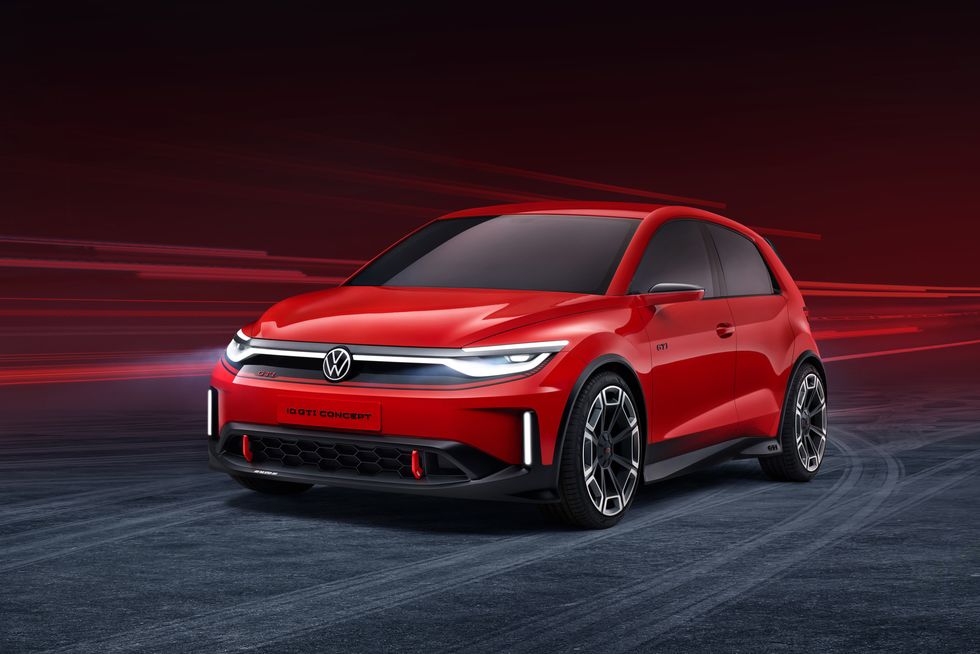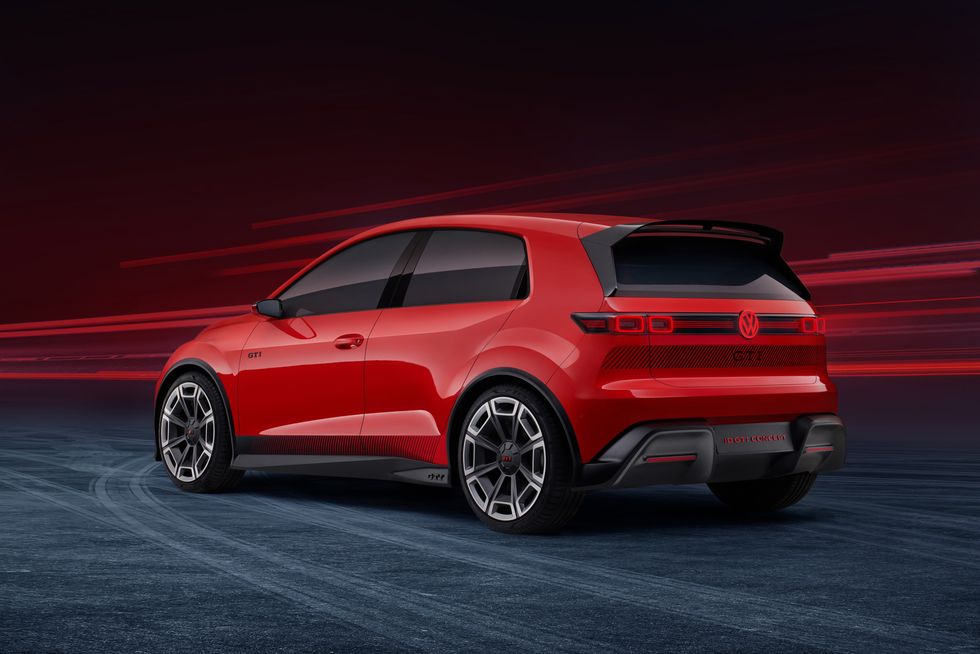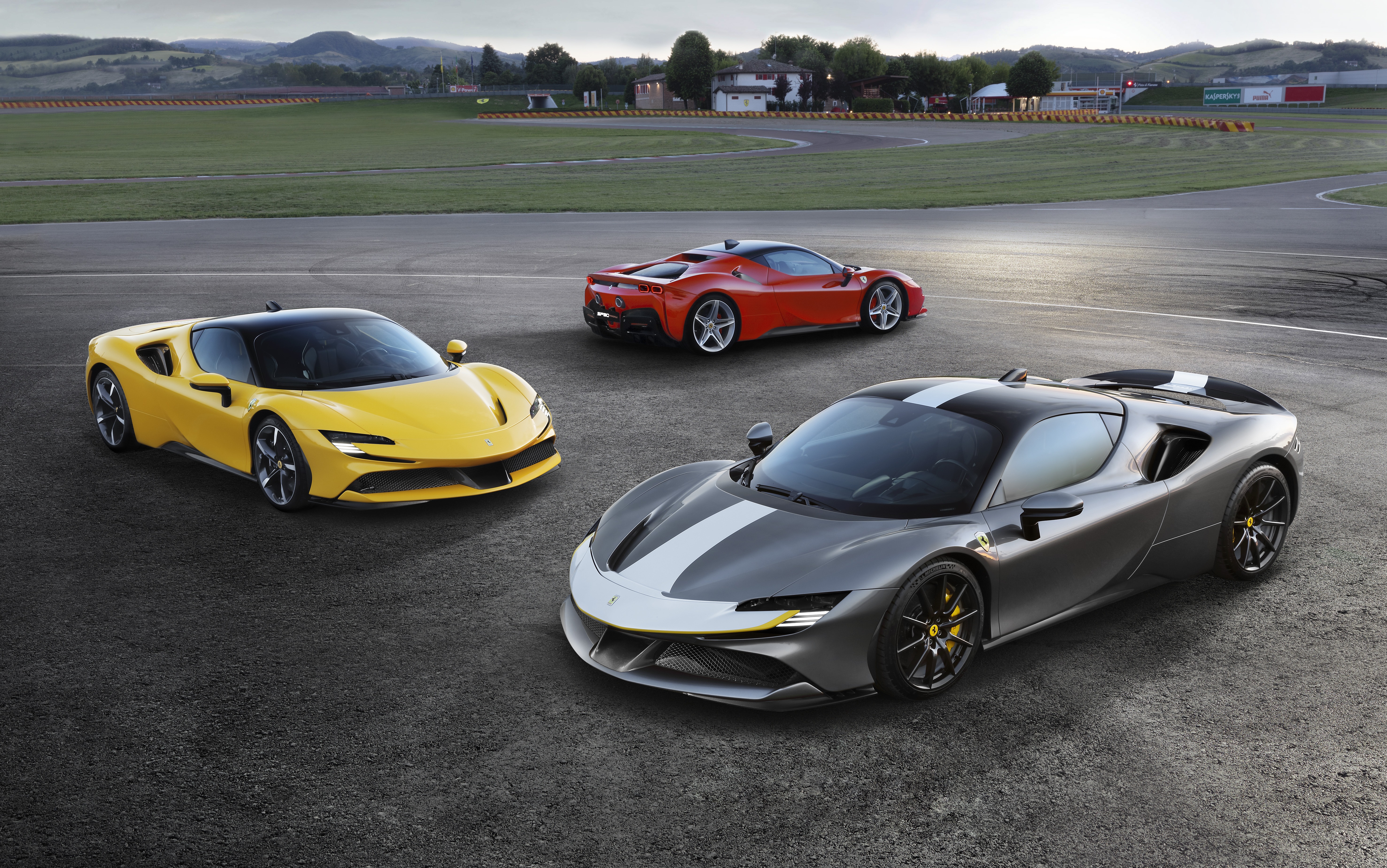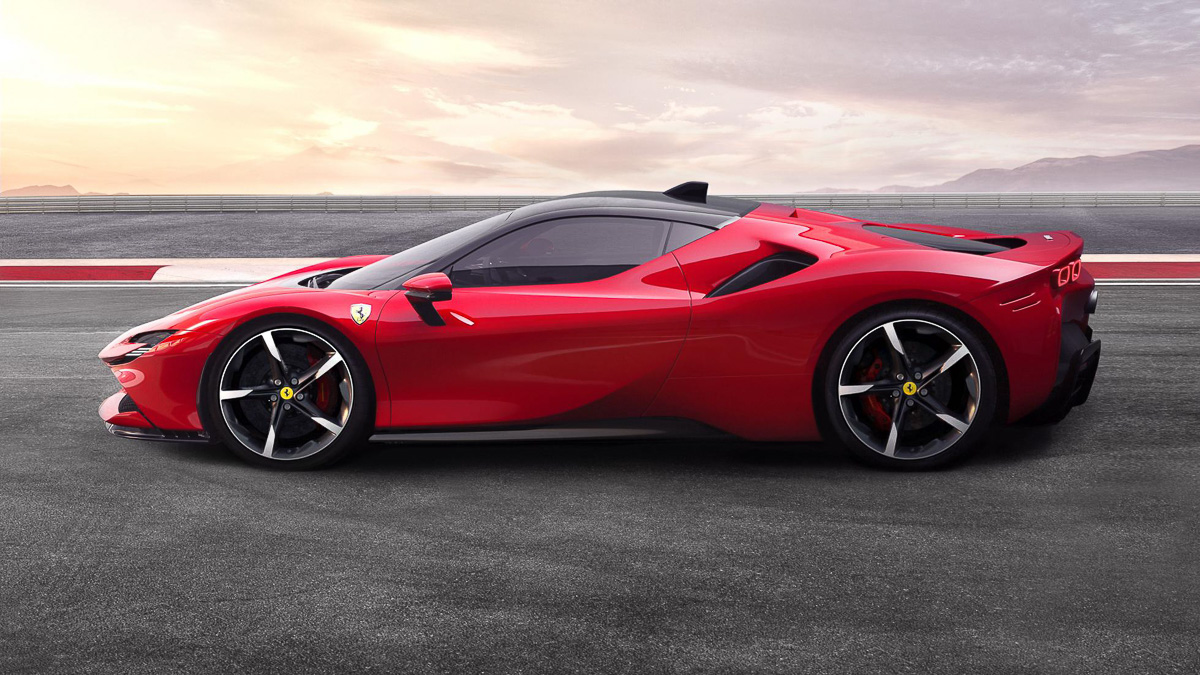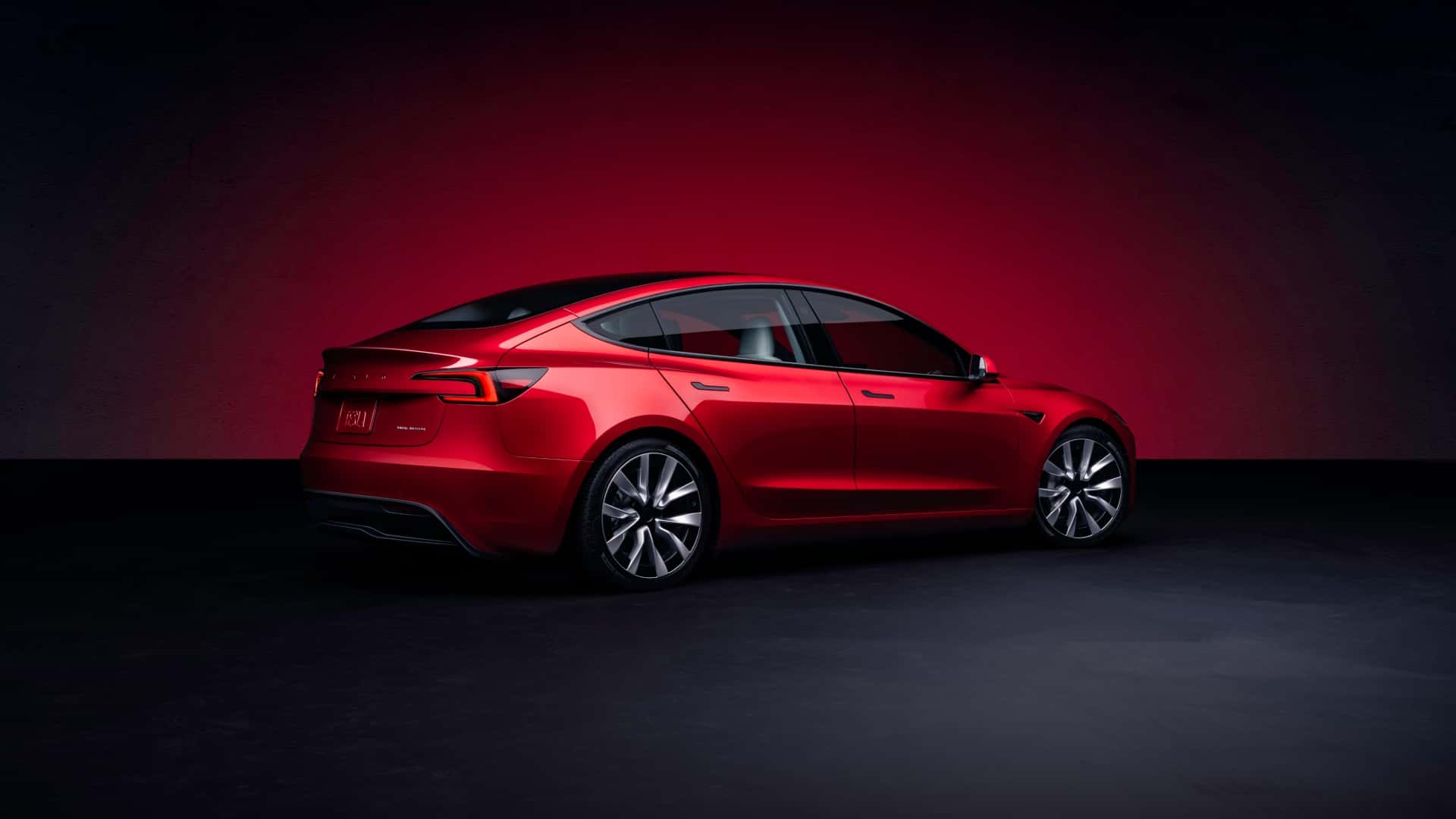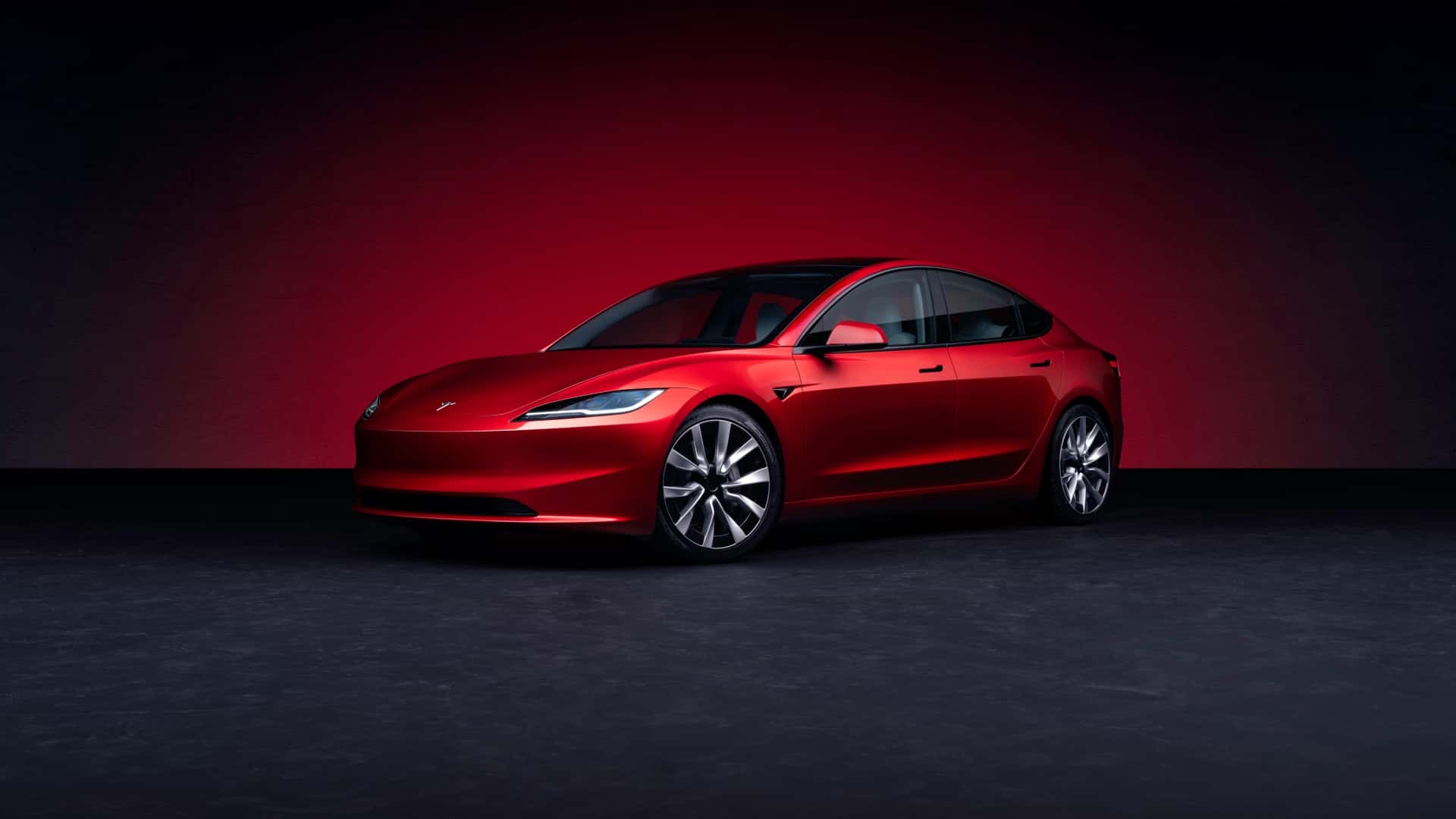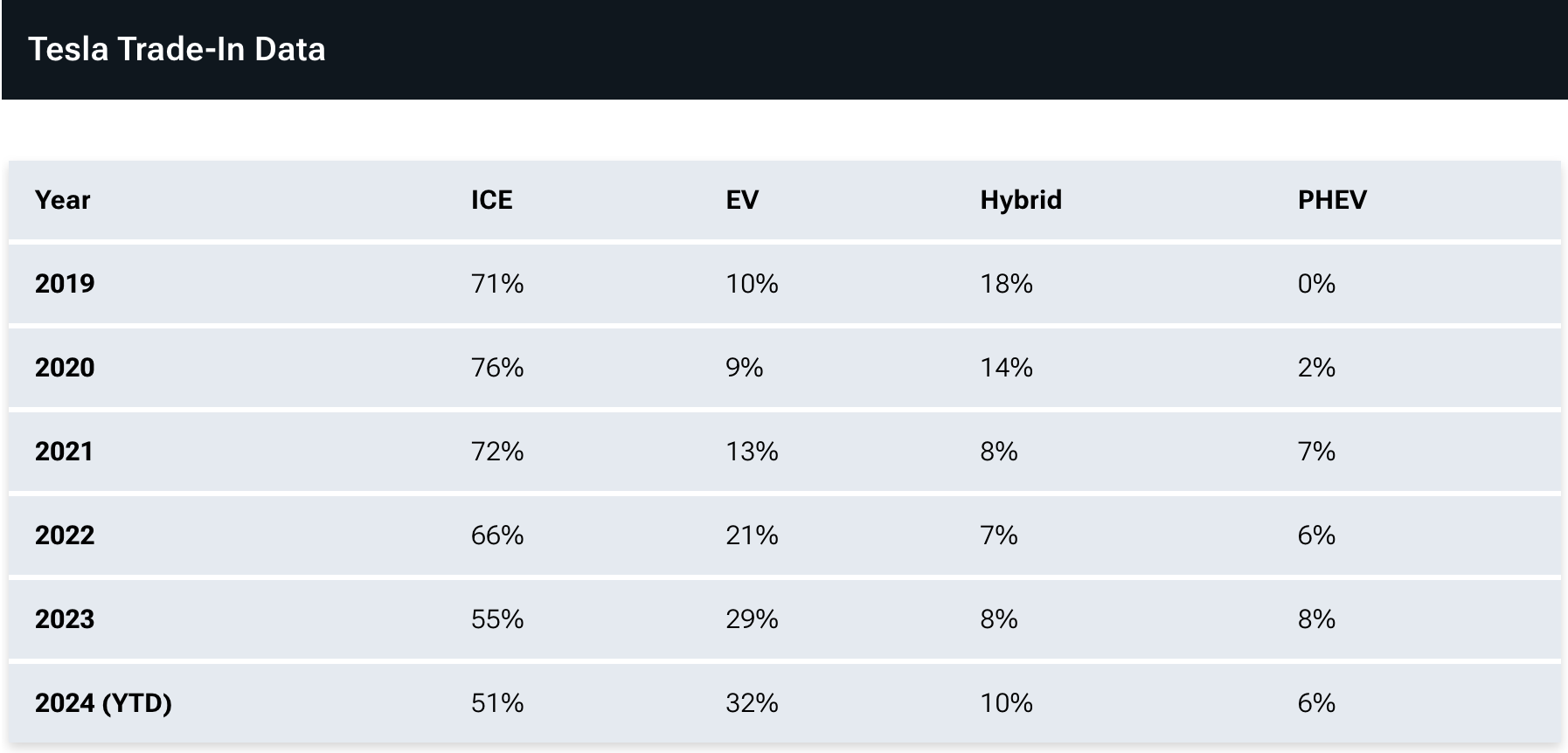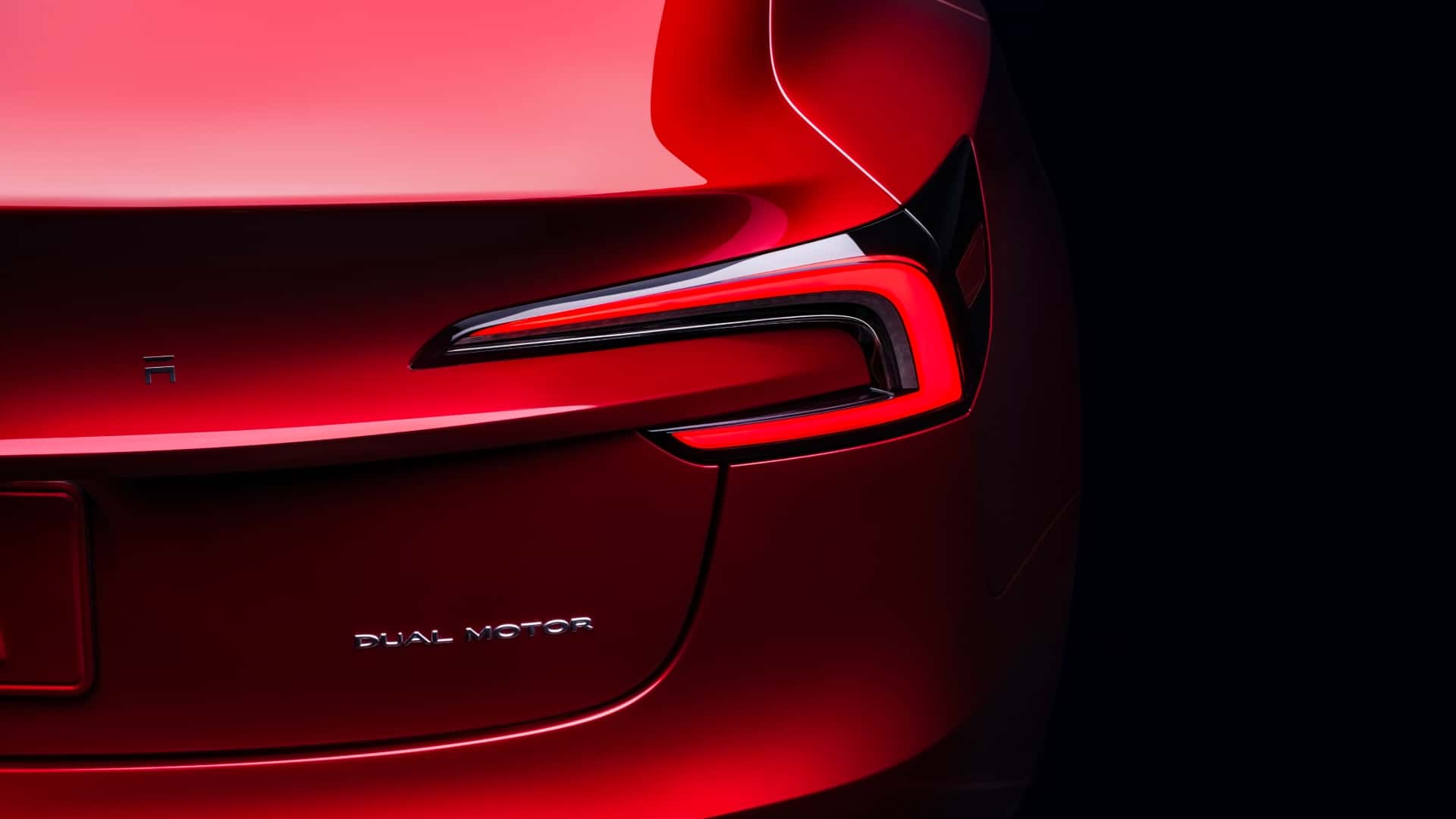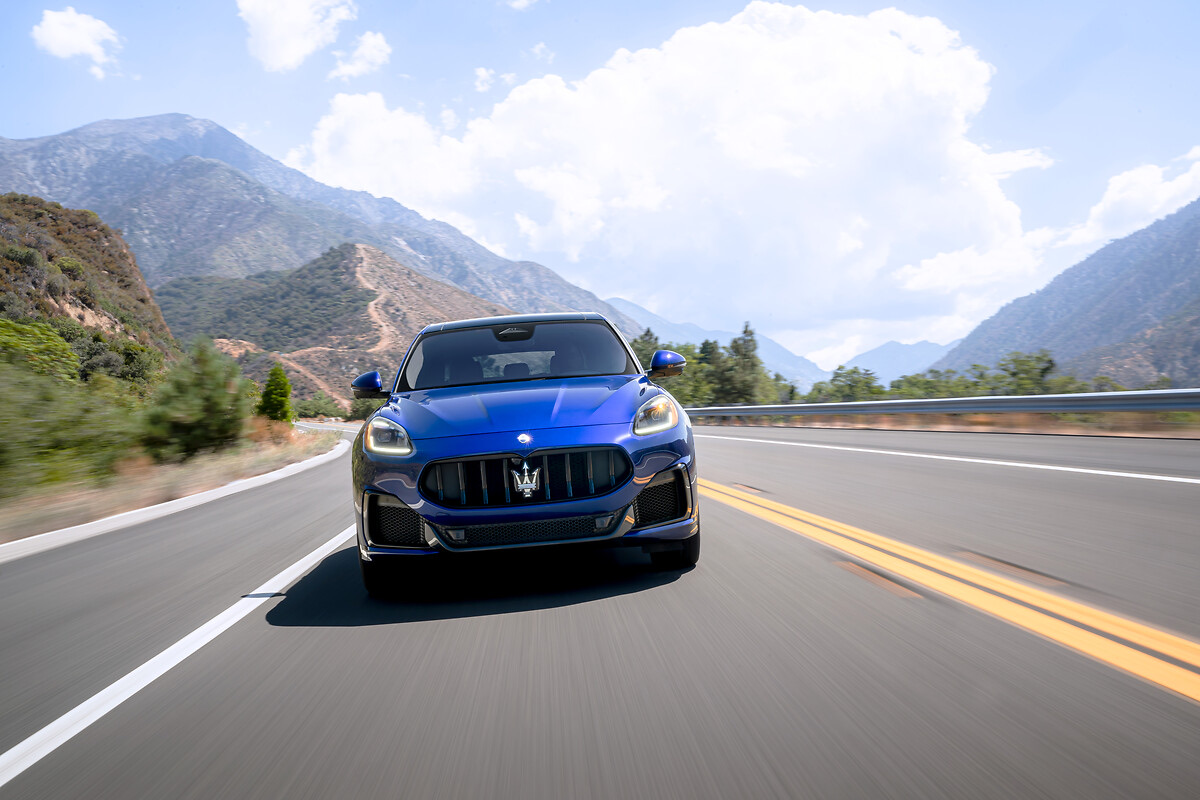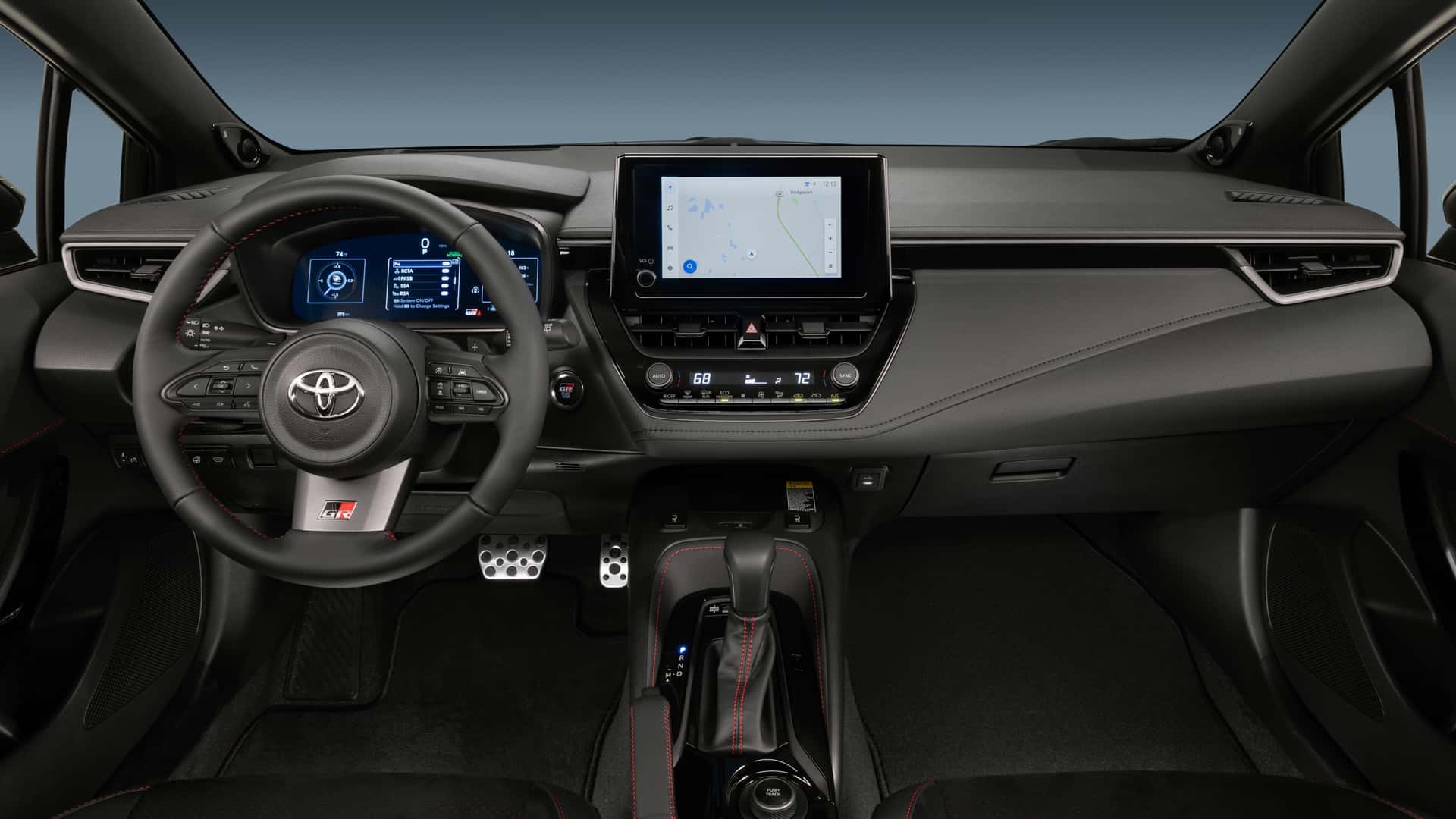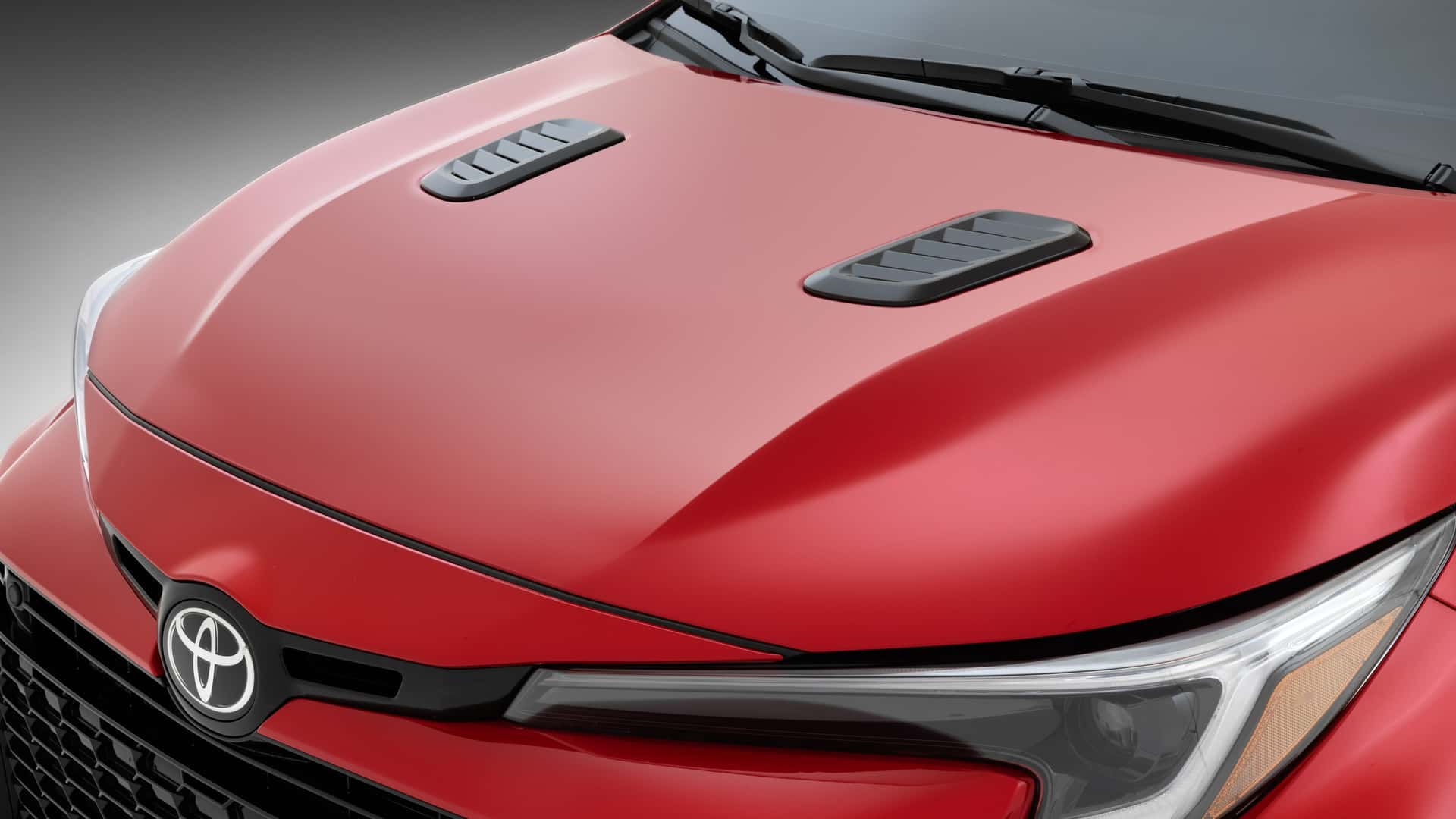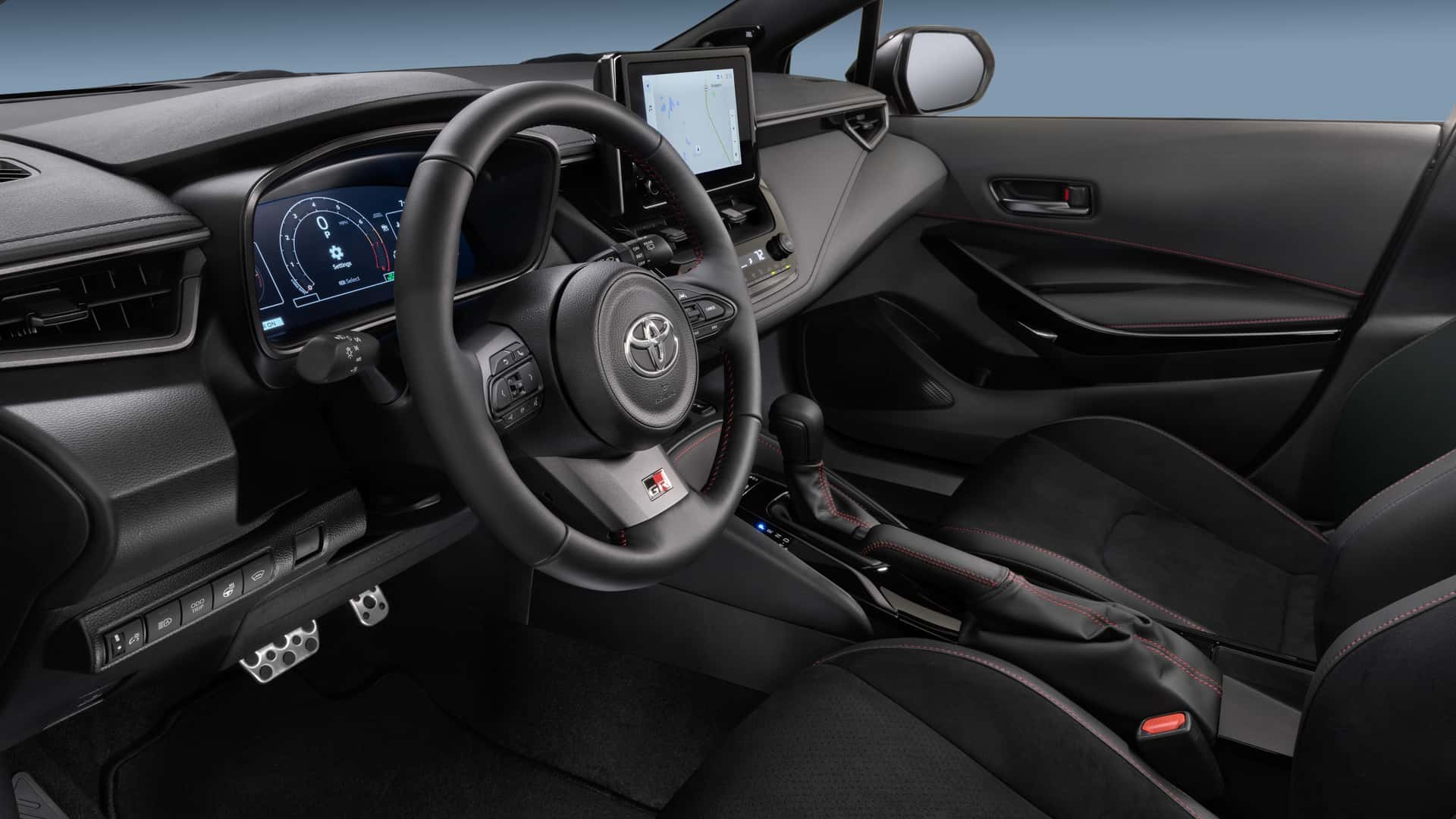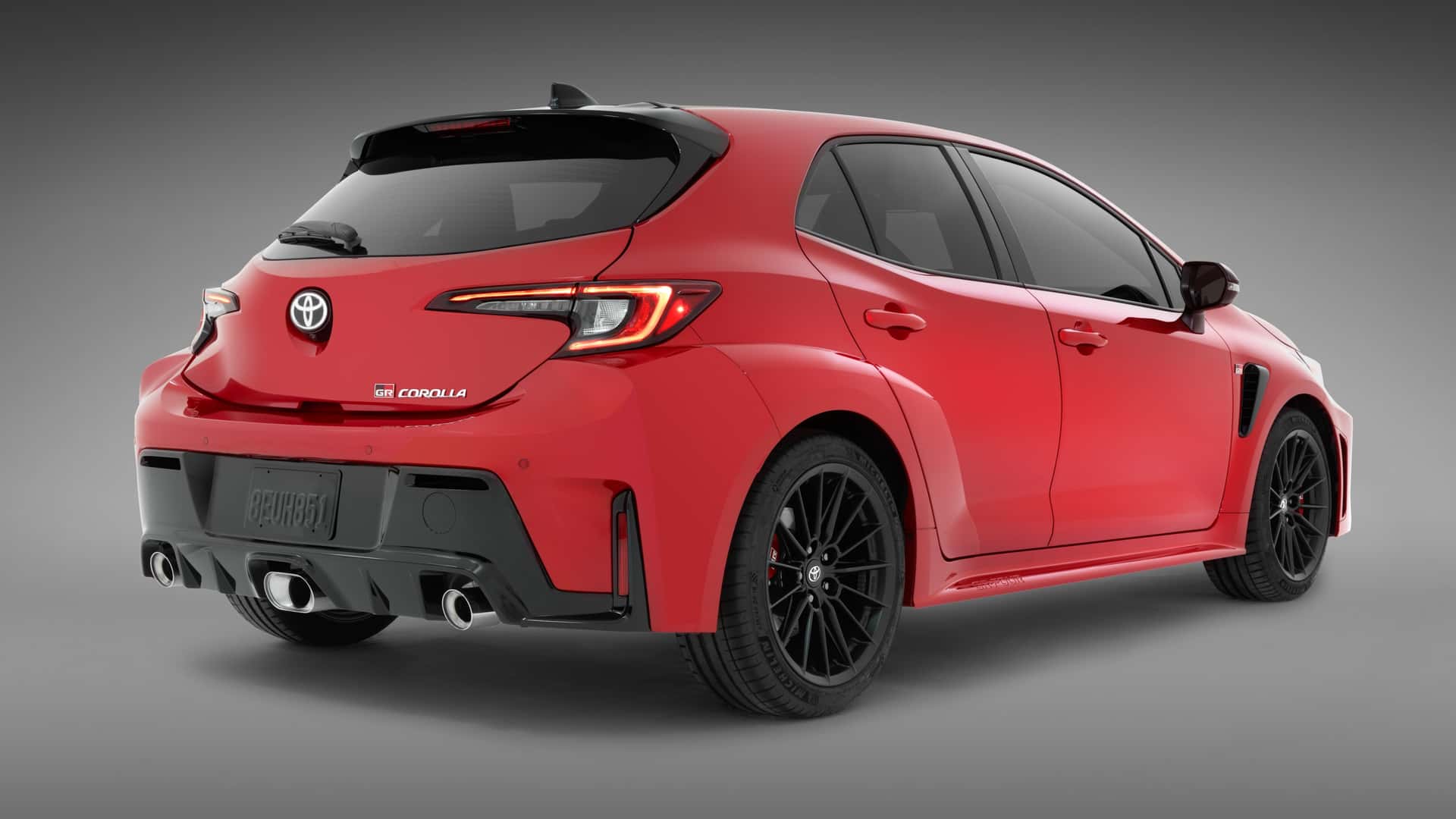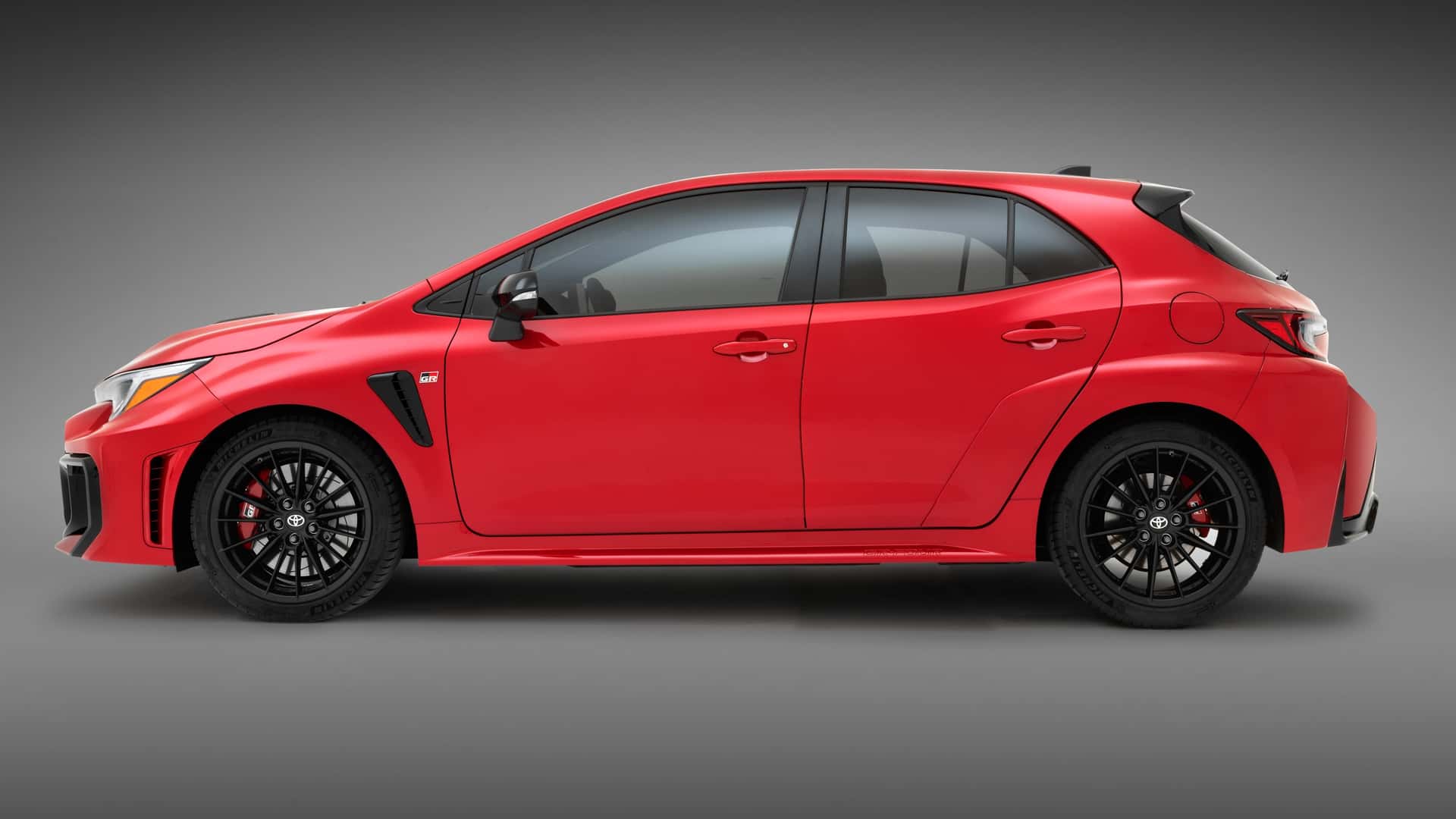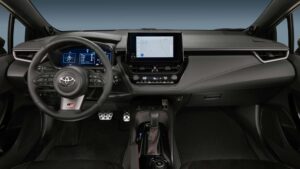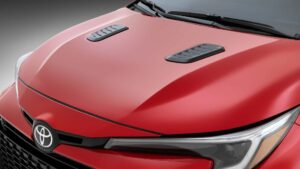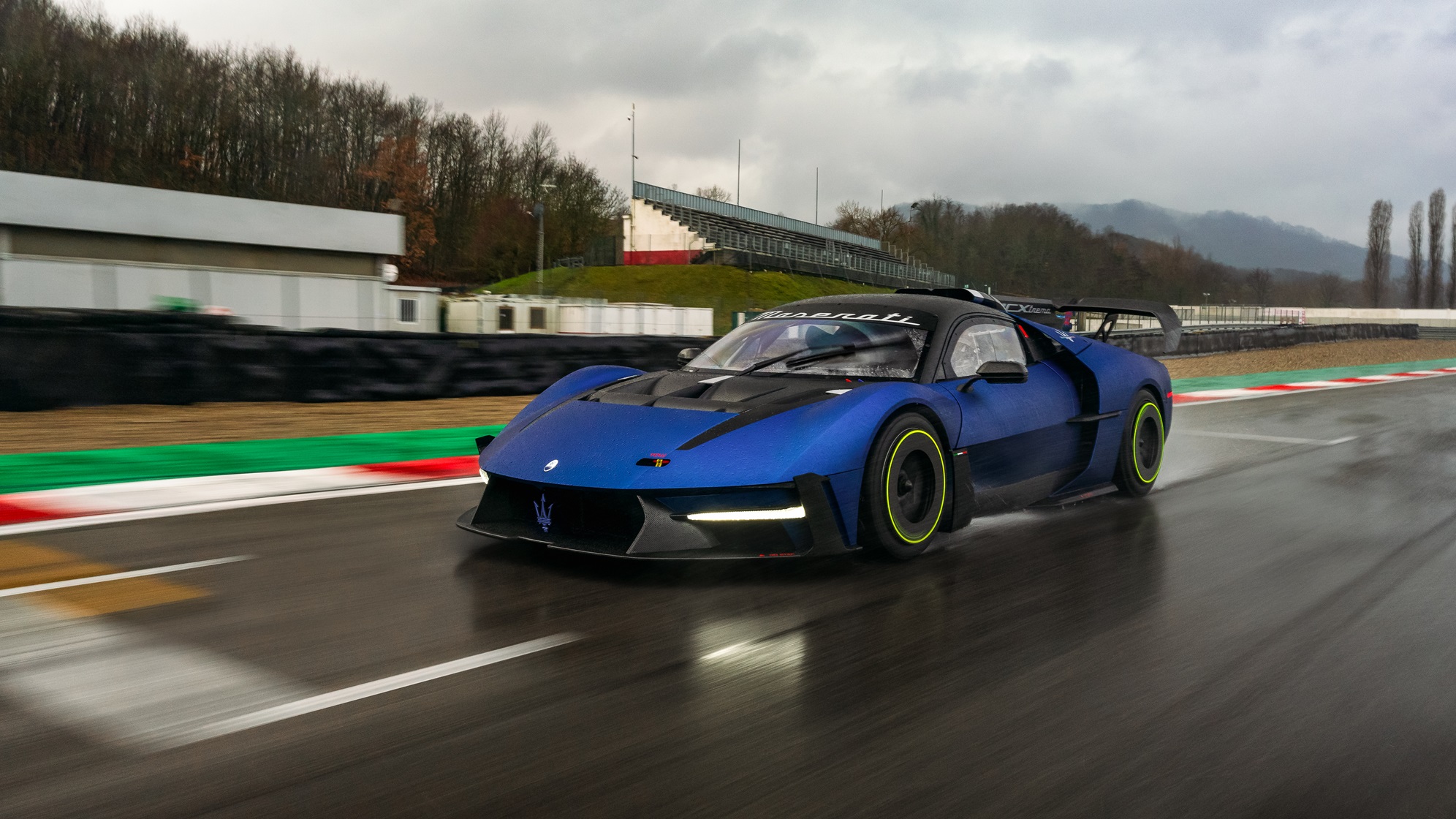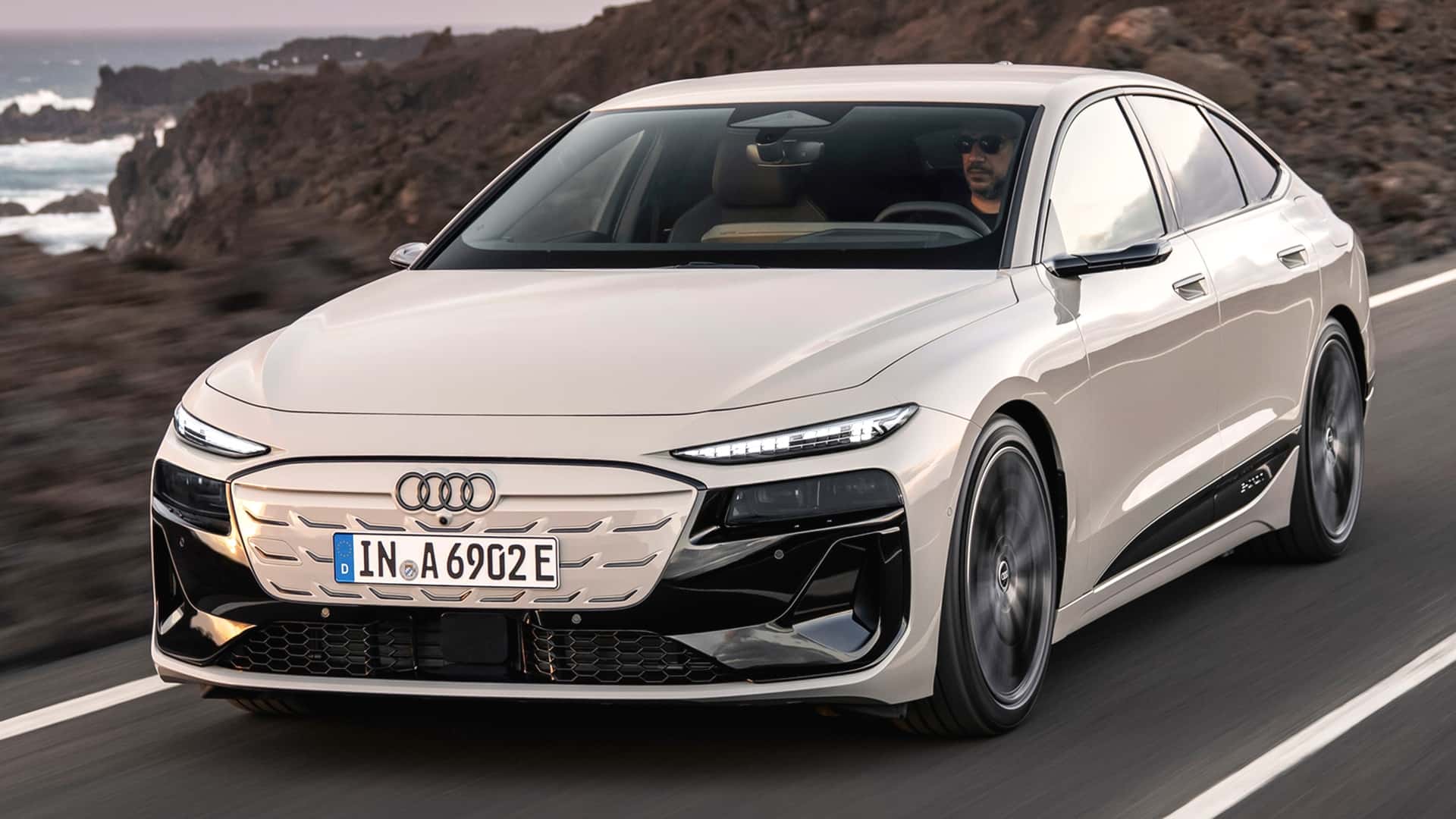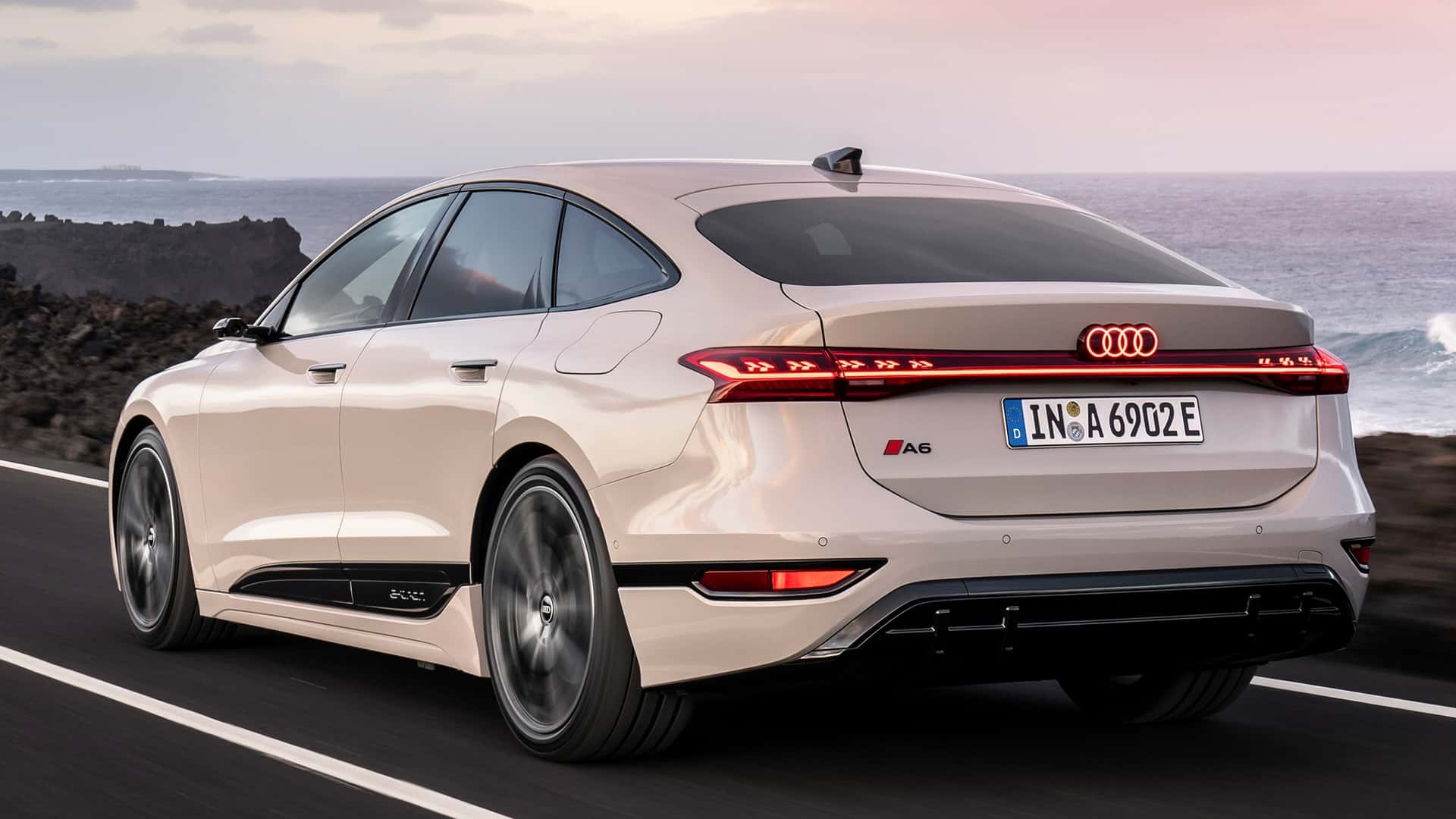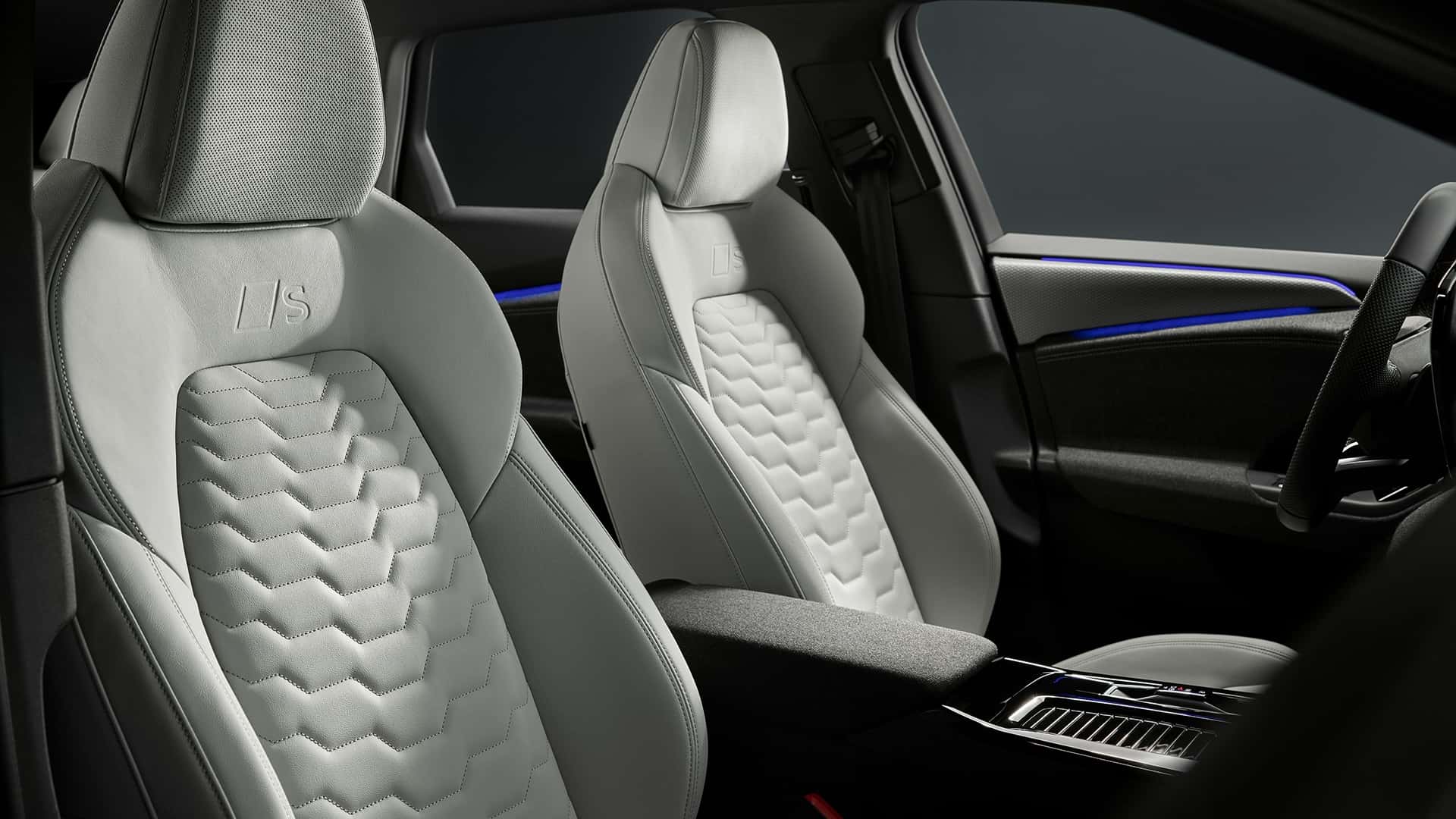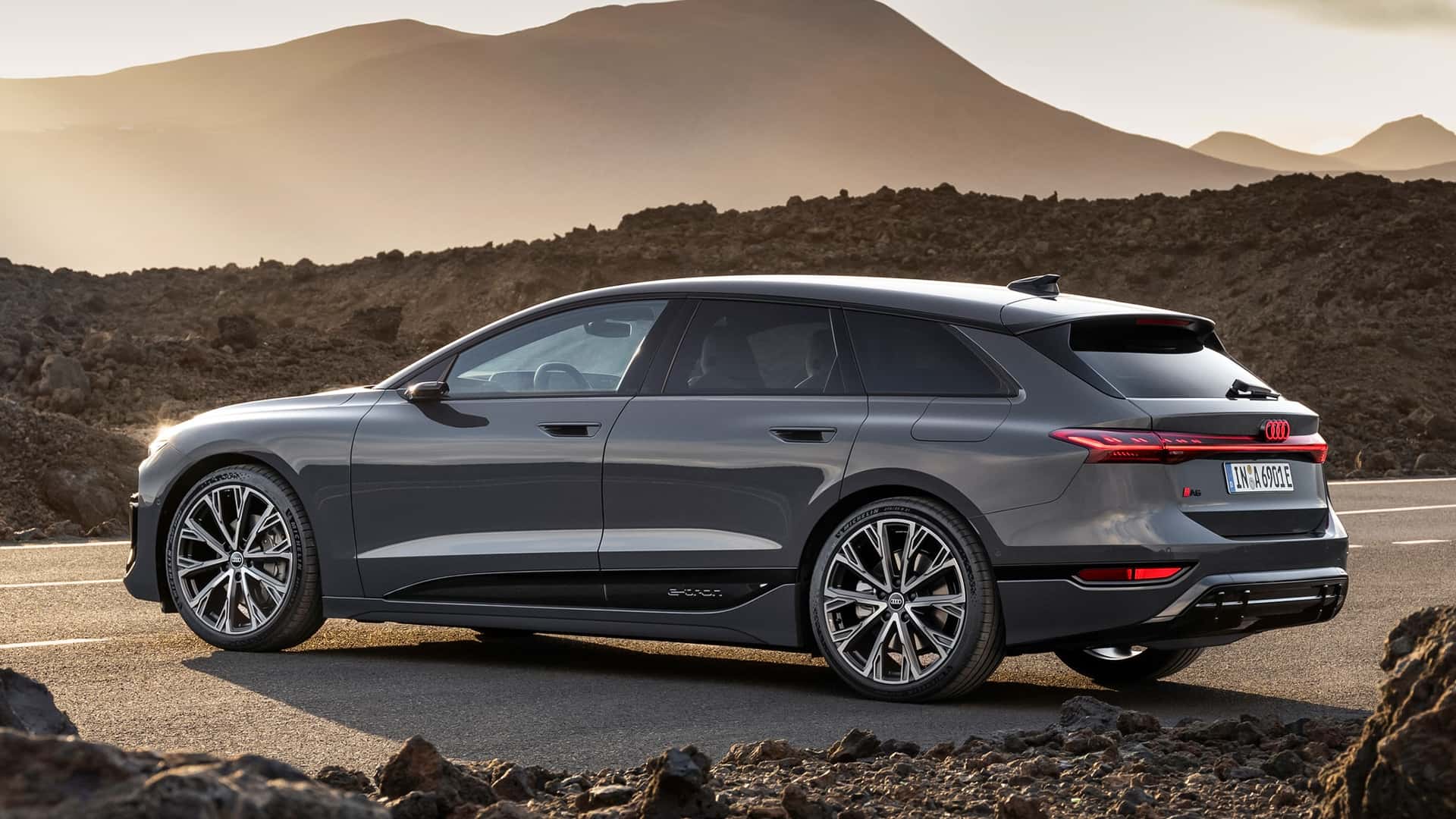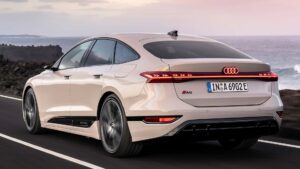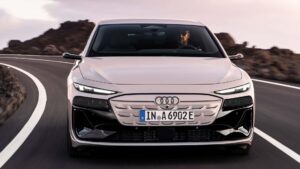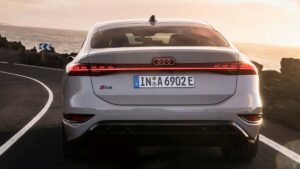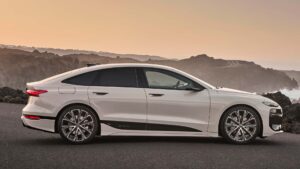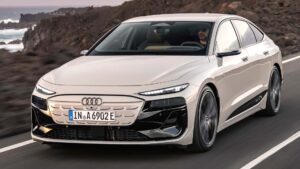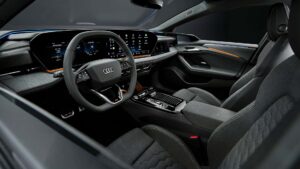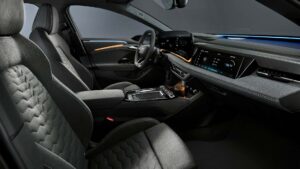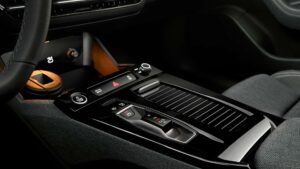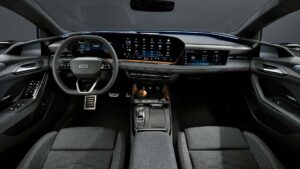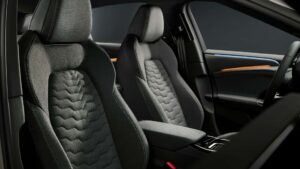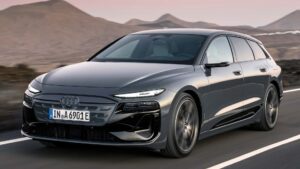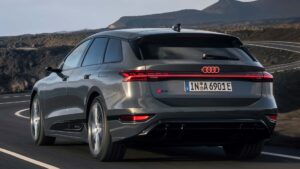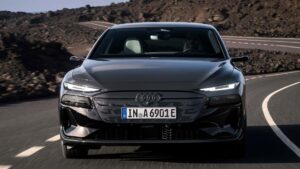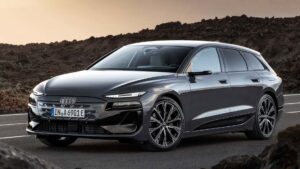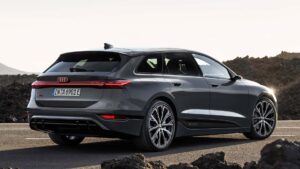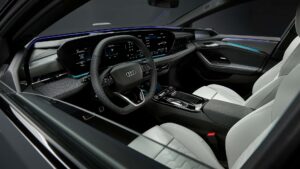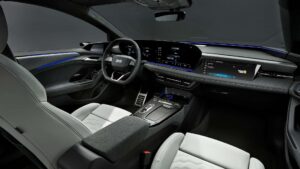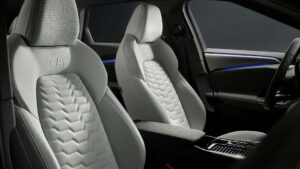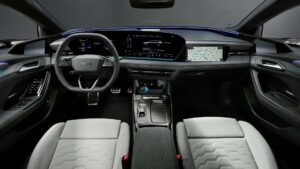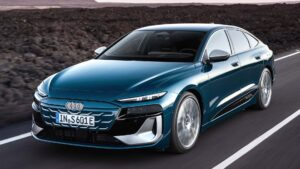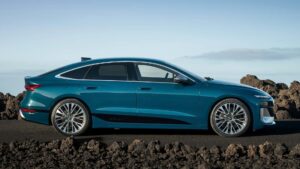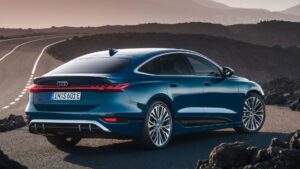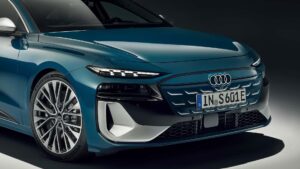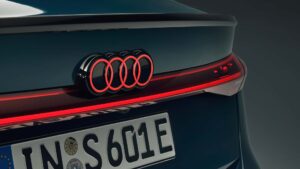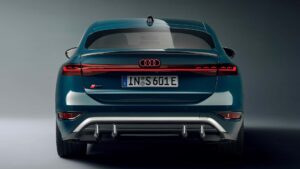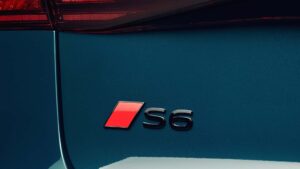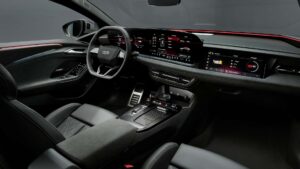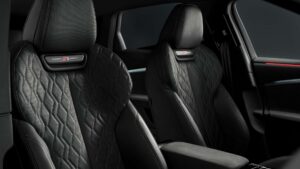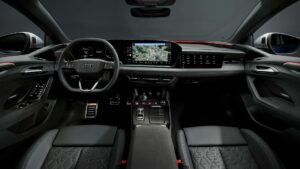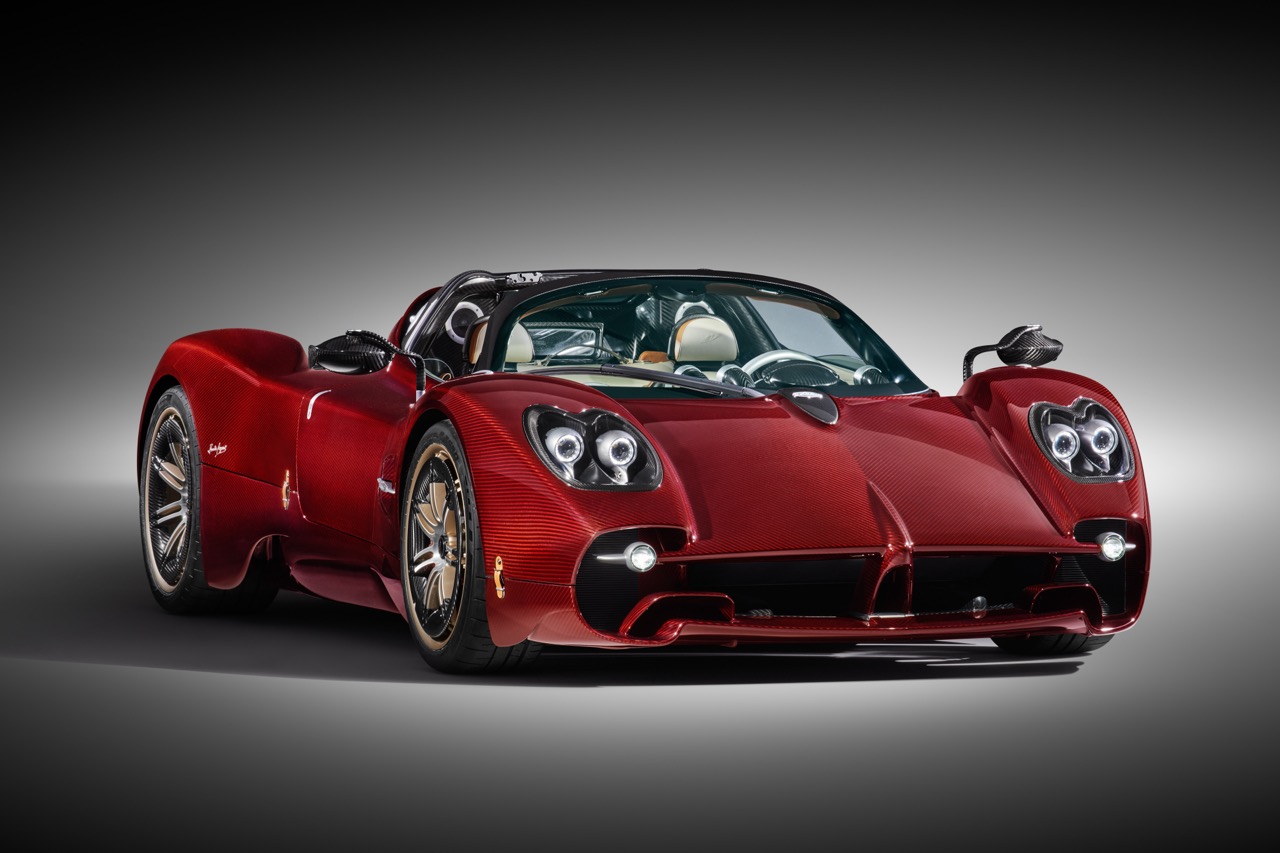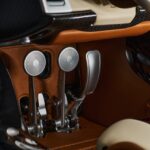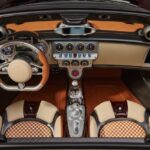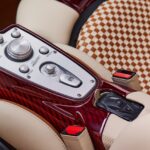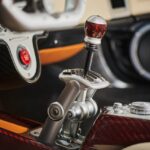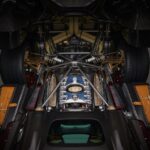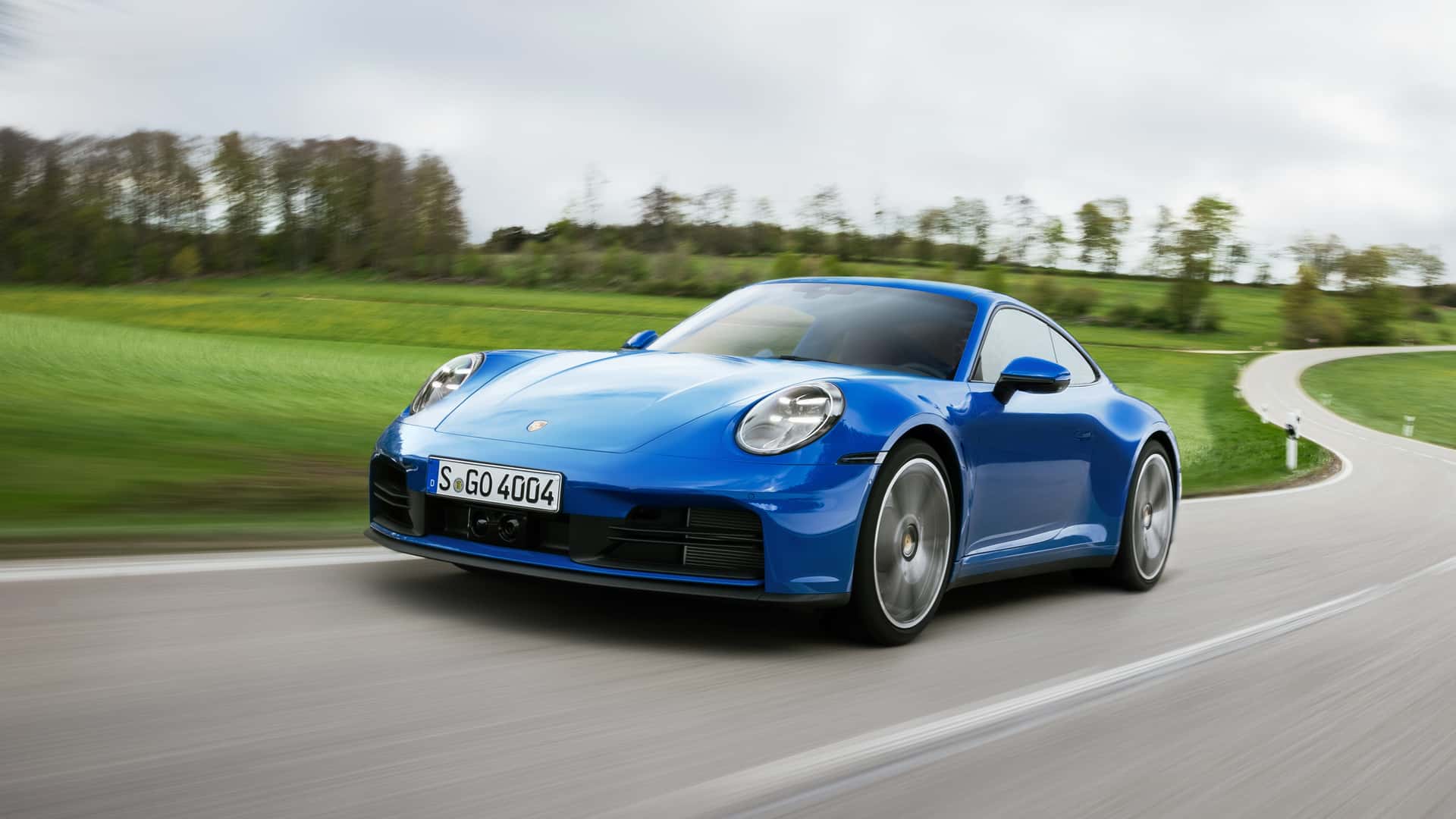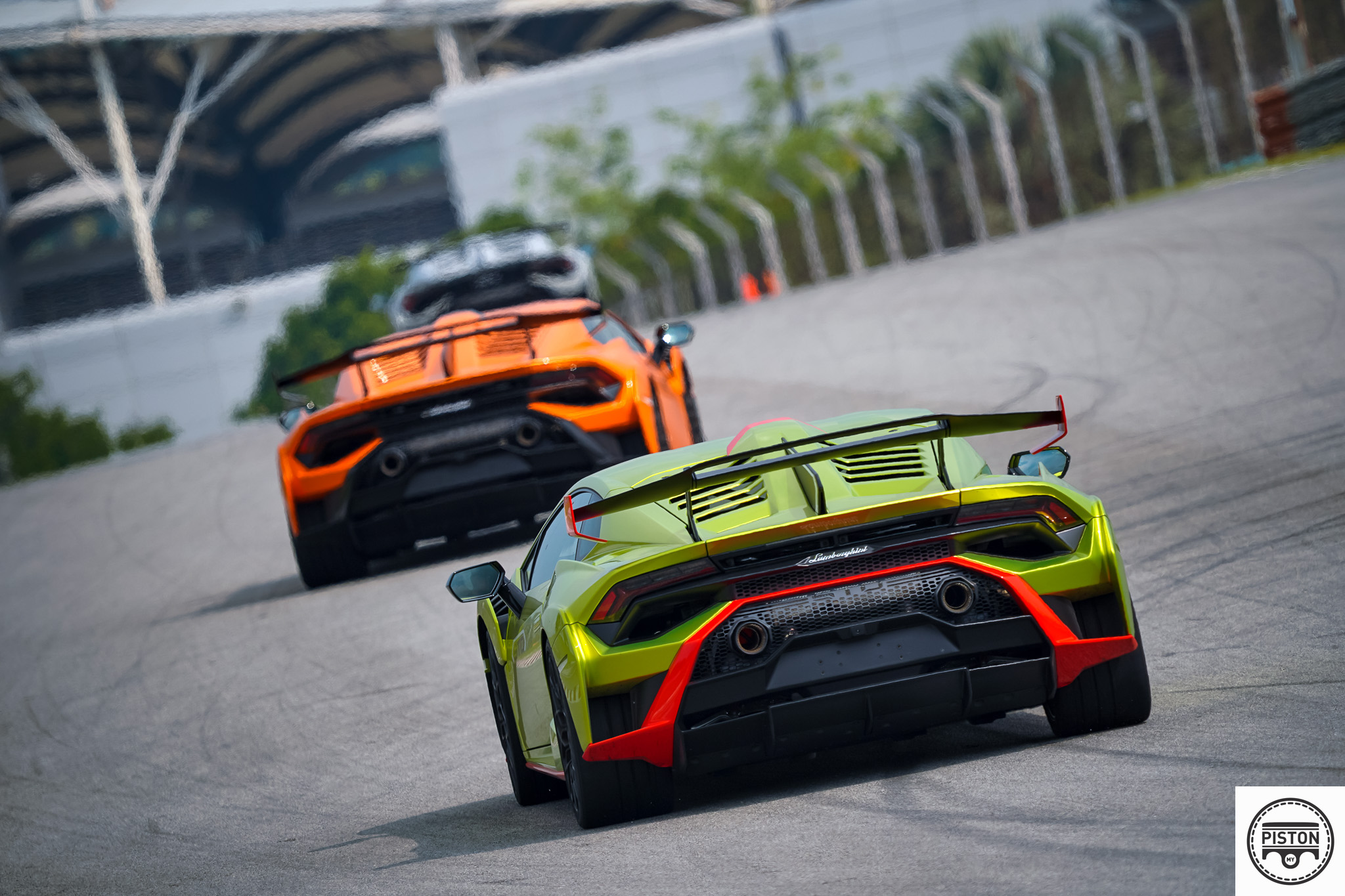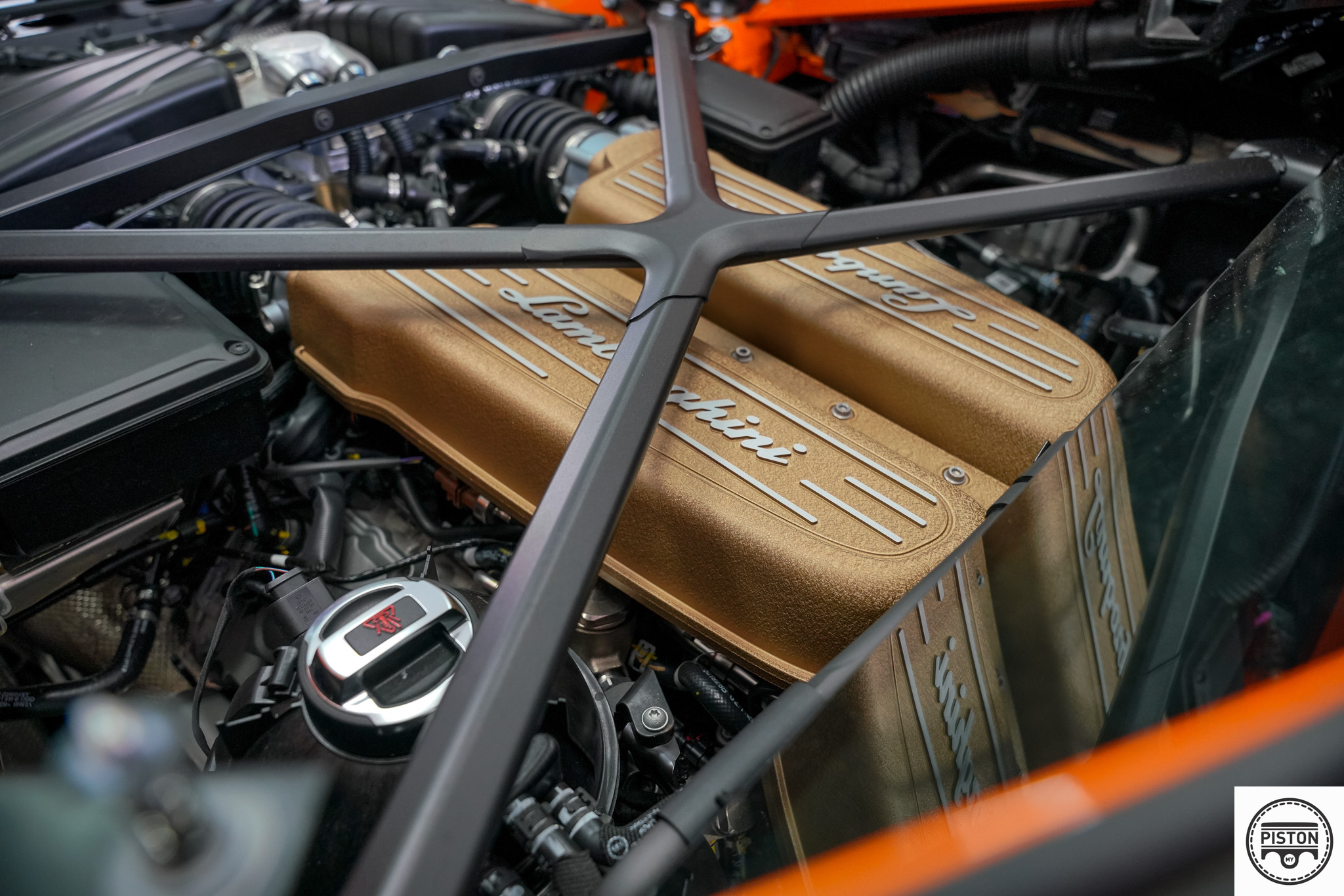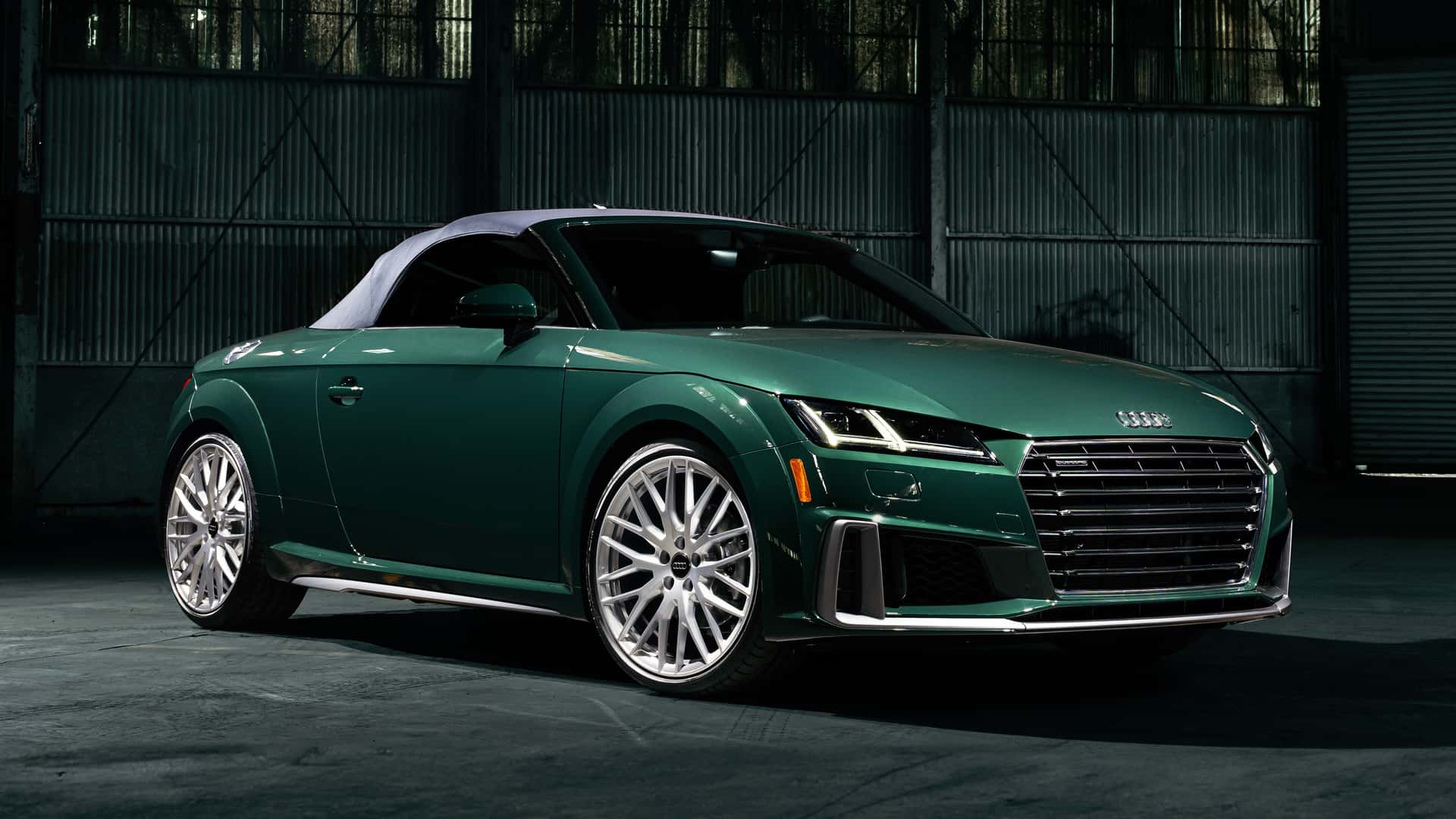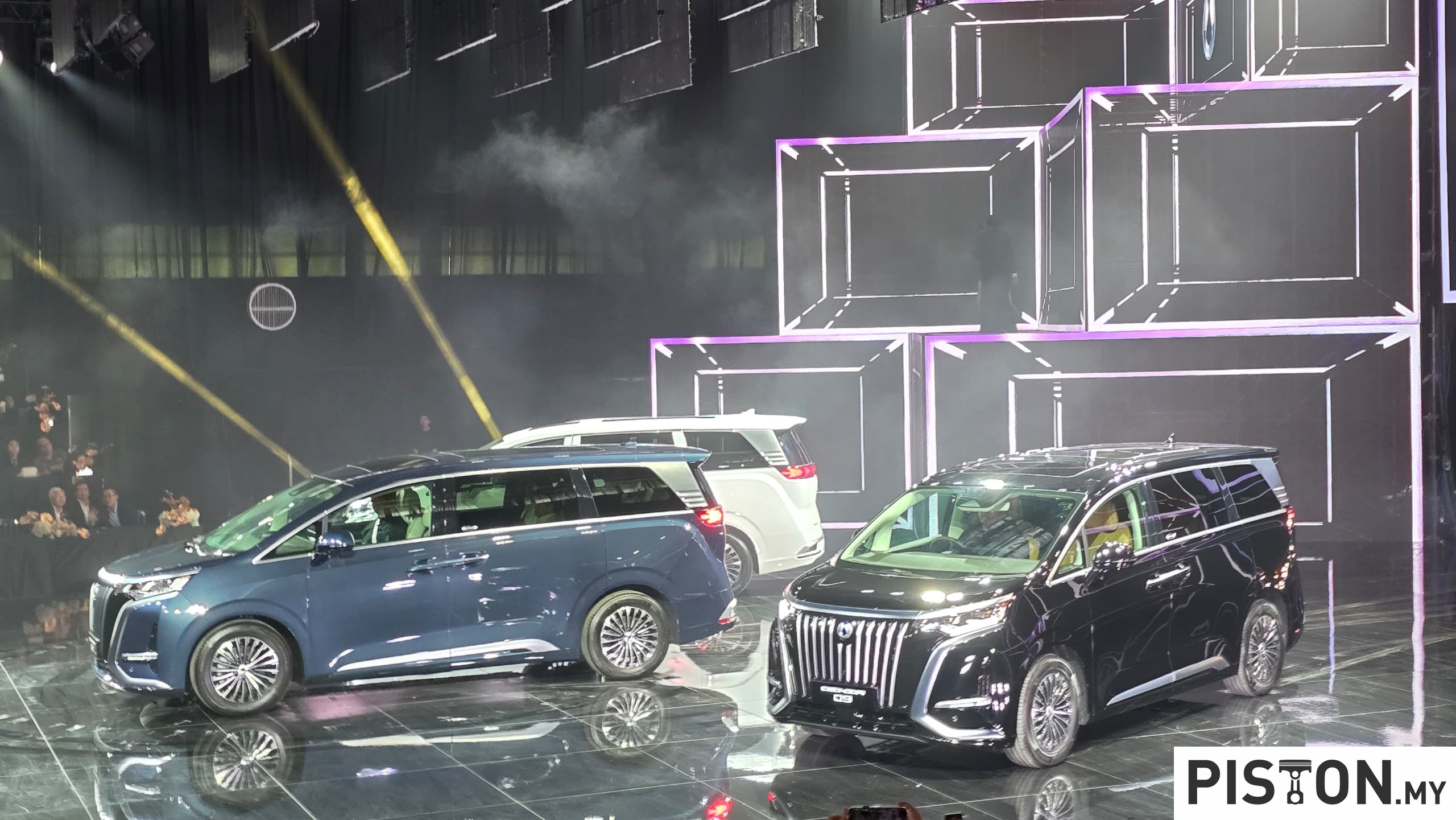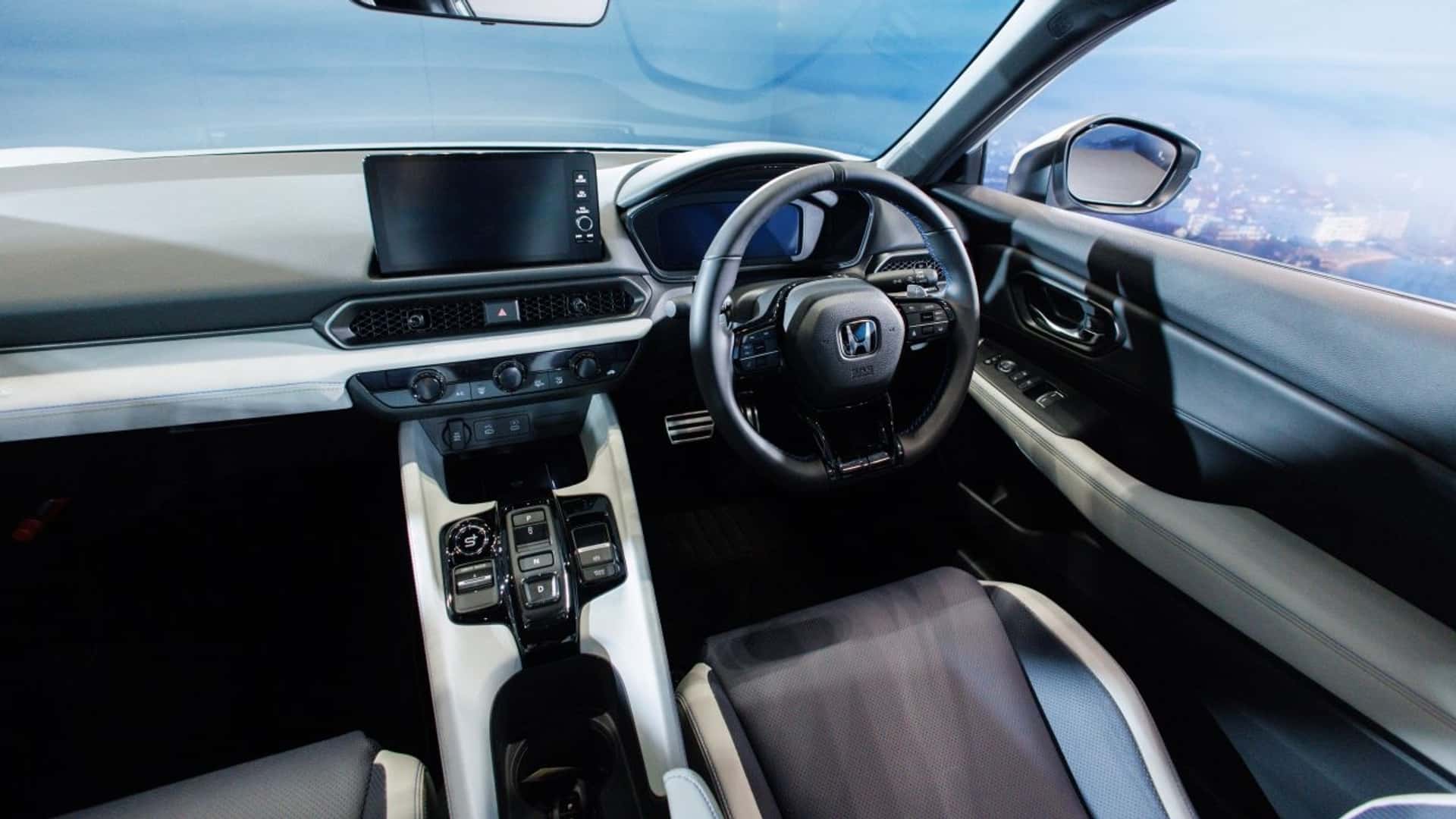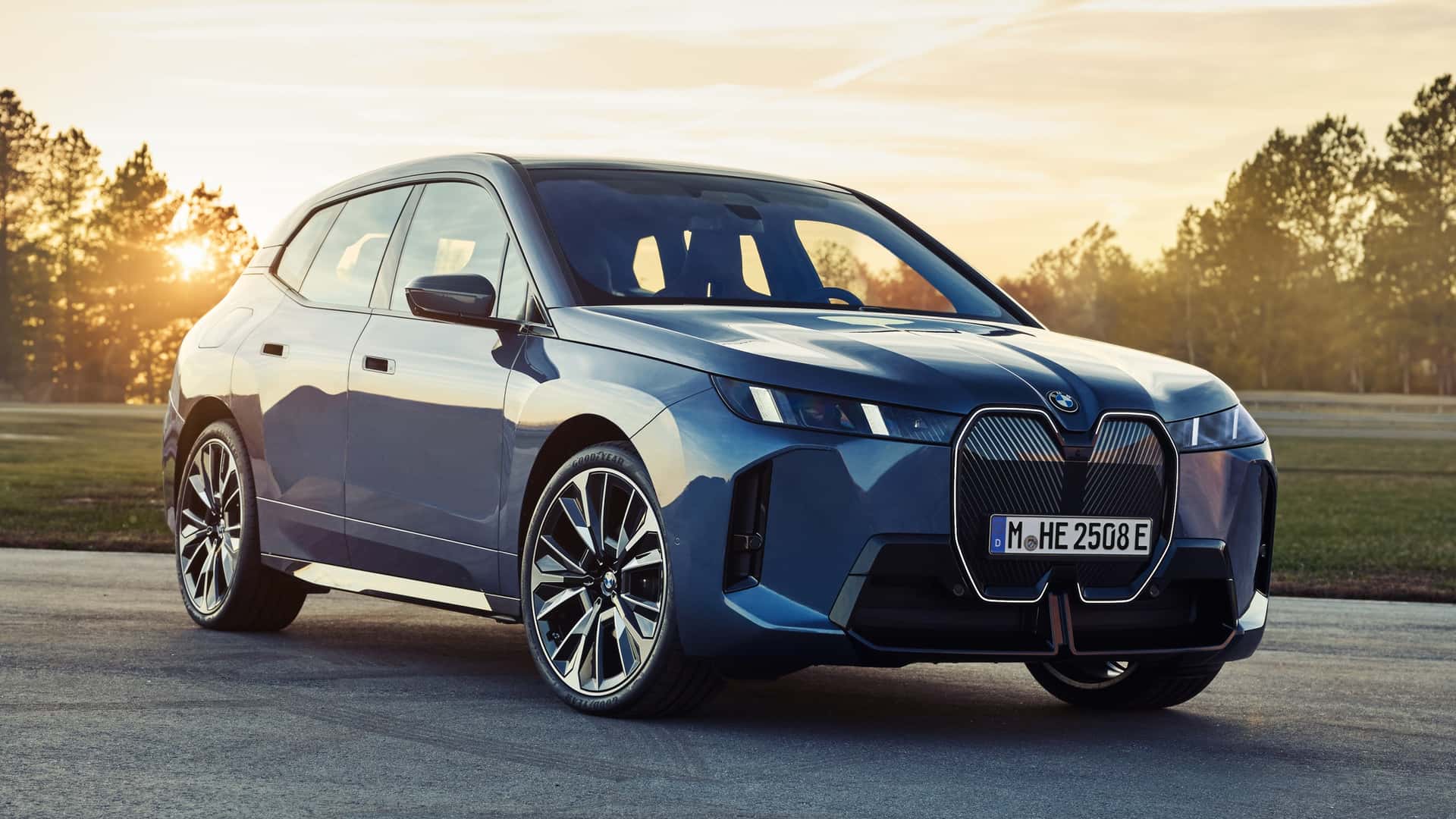Two years ago, Pagani Automobili unveiled the Utopia, a car that embodies the relentless pursuit of perfection. Now, the company is expanding its vision with the introduction of the Utopia Roadster, developed alongside the Coupé model from the start. This dual development approach allows enthusiasts to choose between the closed and open versions, each reflecting Pagani’s commitment to excellence.
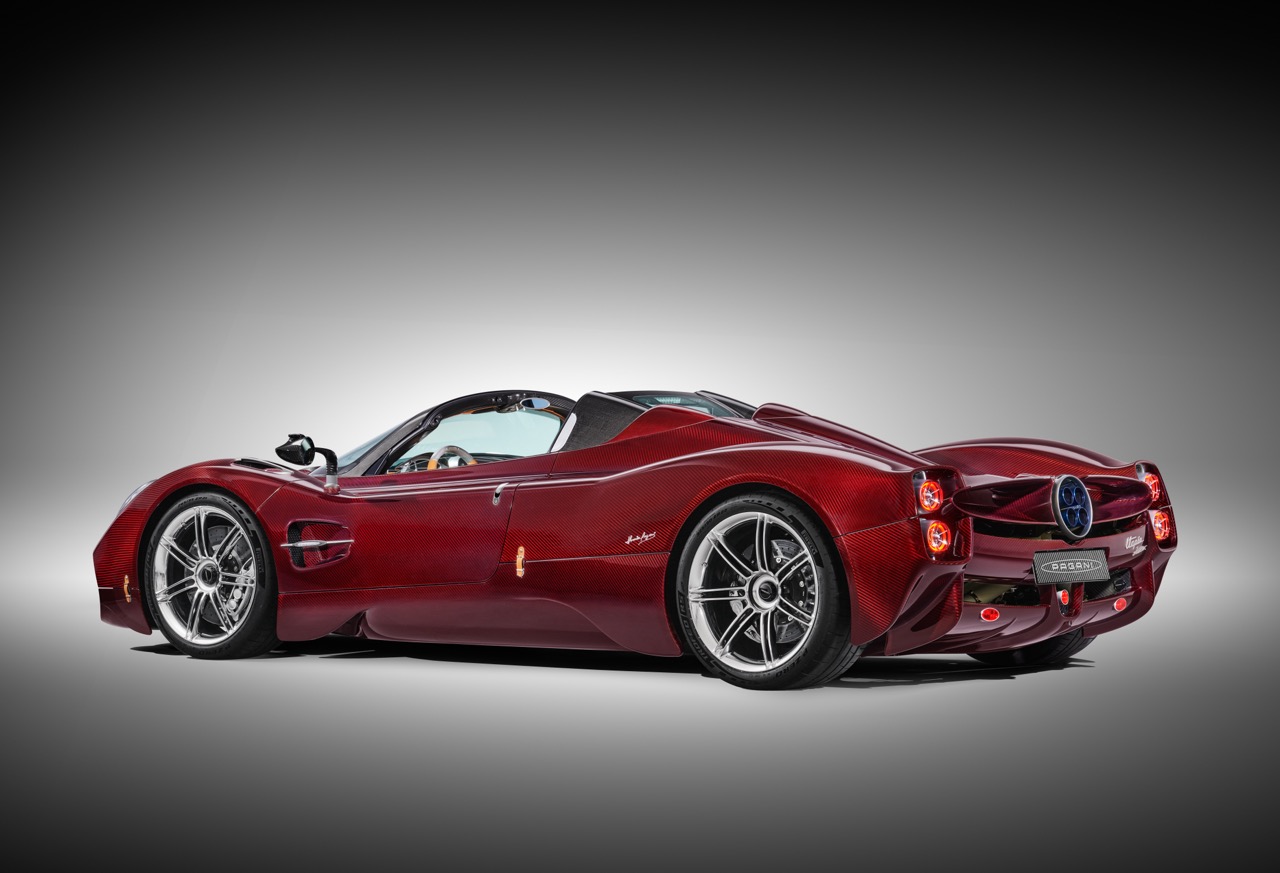
A Dual Approach to Perfection
Traditionally, the Roadster versions of Pagani’s models, such as the Zonda and Huayra, were developed after their Coupé counterparts. The Utopia, however, was designed with both variants in mind from the outset. This approach allows Pagani to offer both closed and open cabin versions simultaneously, catering to the diverse preferences of automotive enthusiasts.

Innovative Design and Versatility
The Utopia Roadster features a design that harmonizes with its Coupé sibling. Both versions share elegant butterfly doors and a sophisticated hard-top mechanism. The hard-top can be stored on a stand, becoming a design piece itself, while a soft-top can be stowed in place of the vanity case. This versatility allows the car to transform into three different configurations, catering to different driving experiences and weather conditions.
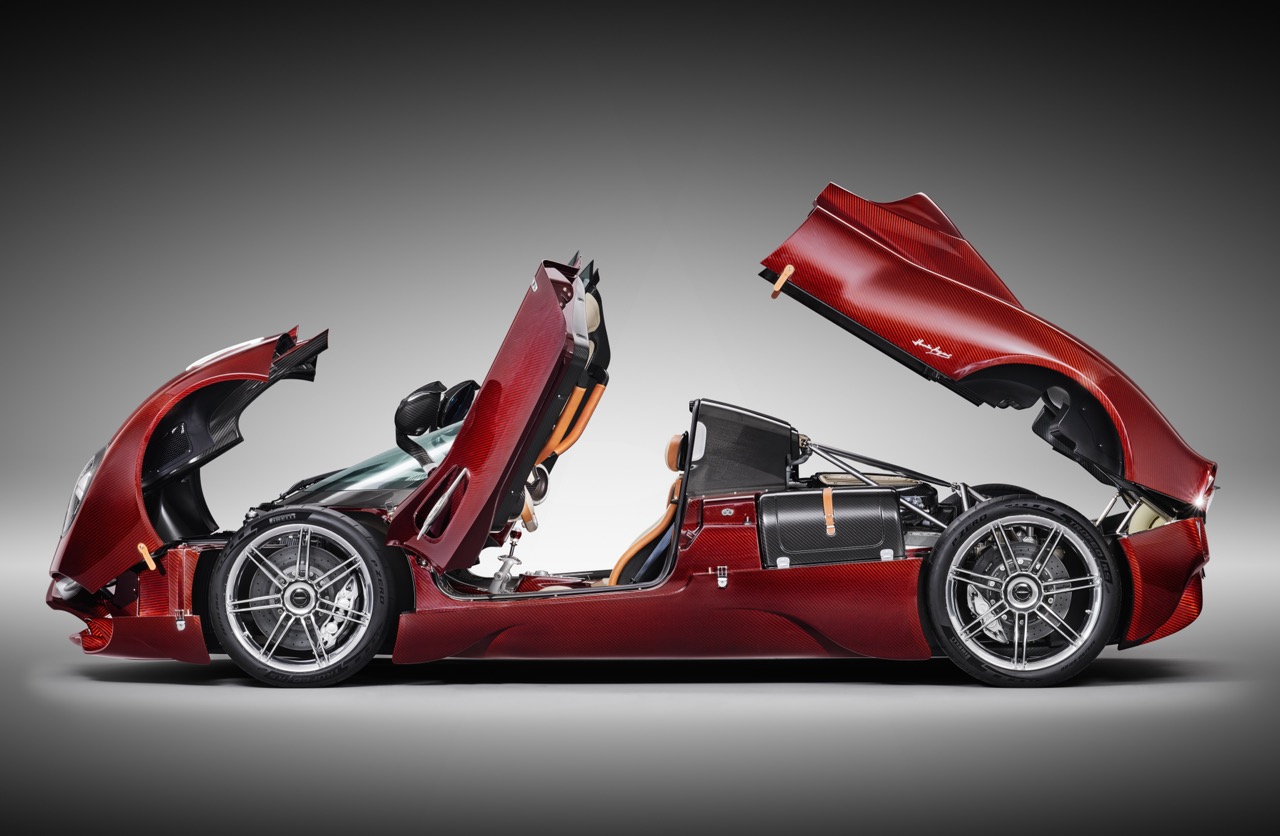
Advanced Materials and Engineering
Pagani’s commitment to technological innovation is evident in the Utopia Roadster. Weighing just 1,280 kg (2,822 lbs) despite its large size and V12 engine, the Roadster features a redesigned monocoque chassis for optimal rigidity without heavy reinforcements. The car’s aerodynamic design, perfected in the wind tunnel, avoids protruding appendages while ensuring high downforce and efficiency.
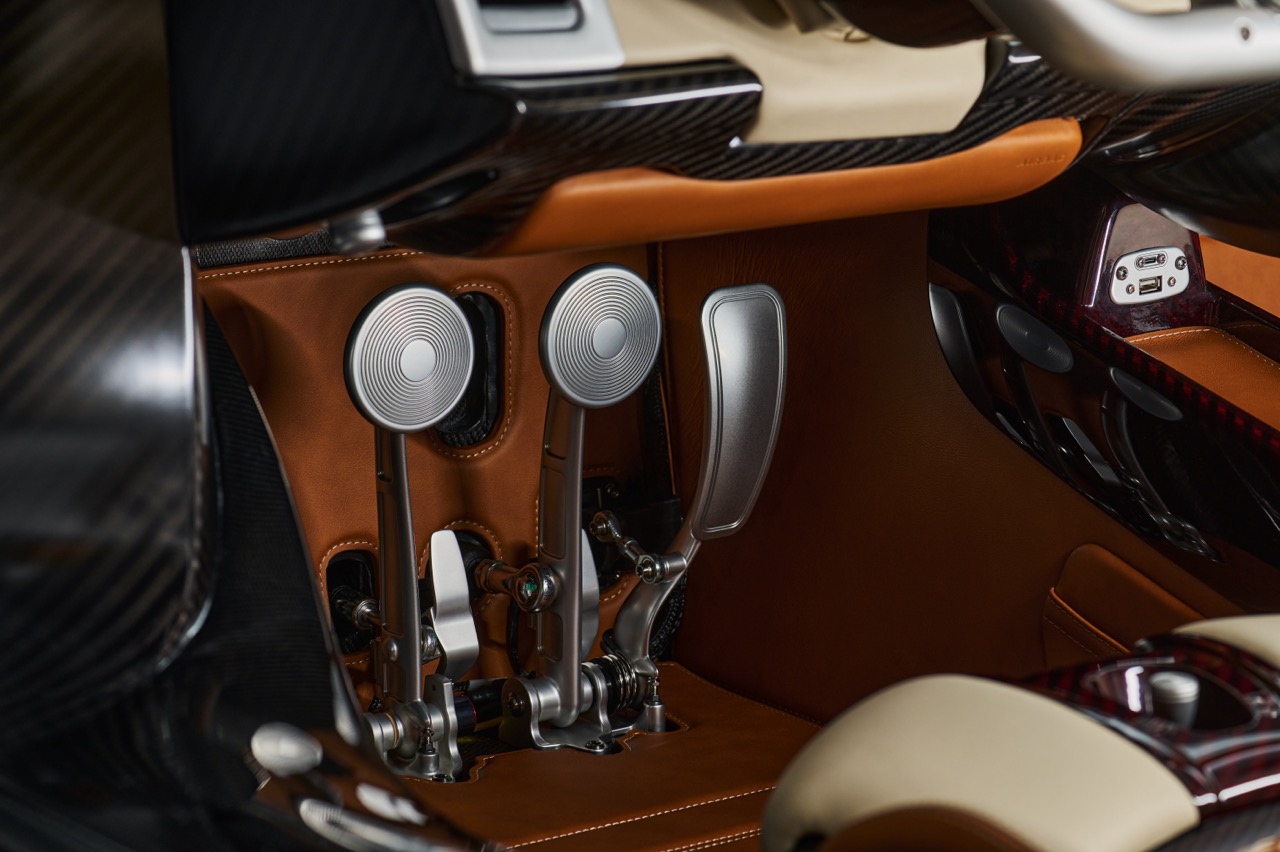
Performance and Power
The Utopia Roadster maintains the same performance as the Coupé, thanks to the advanced Pagani V12 engine developed in collaboration with Mercedes-AMG. Producing 864hp and 1,100 Nm of torque, this engine delivers both smooth low-rev operation and explosive acceleration. The seven-speed manual gearbox, developed with Xtrac, and the lightweight triple-disc clutch ensure precise and responsive performance.
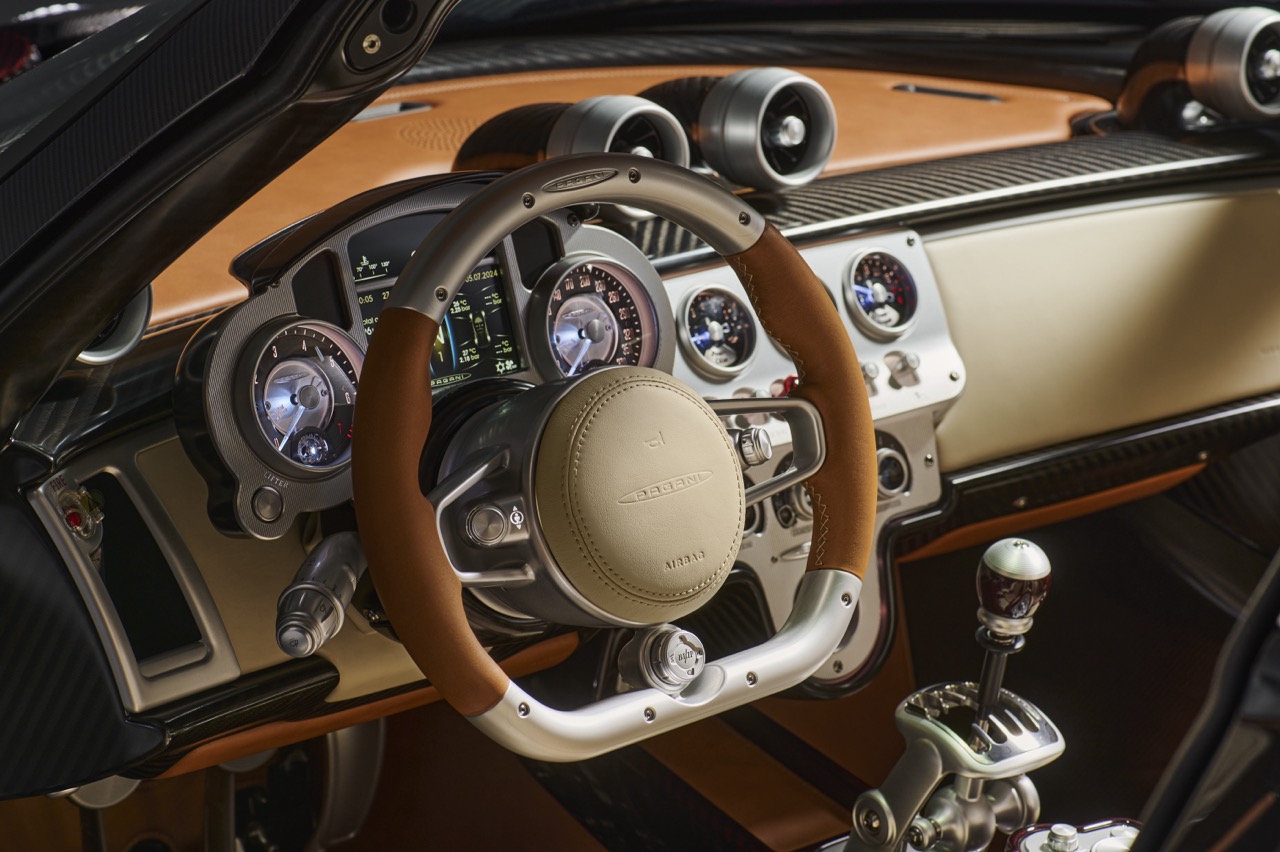
Sophisticated Interior and Design
Inside, the Utopia Roadster features floor mats with a texture reminiscent of outboard boats and a redesigned key reflecting the car’s open design. The cabin’s nearly endless color and material choices are highlighted by the unique visibility of the interior. Pagani’s attention to detail extends to bespoke luggage, including leather-covered carbon suitcases and garment bags, all crafted with meticulous care.
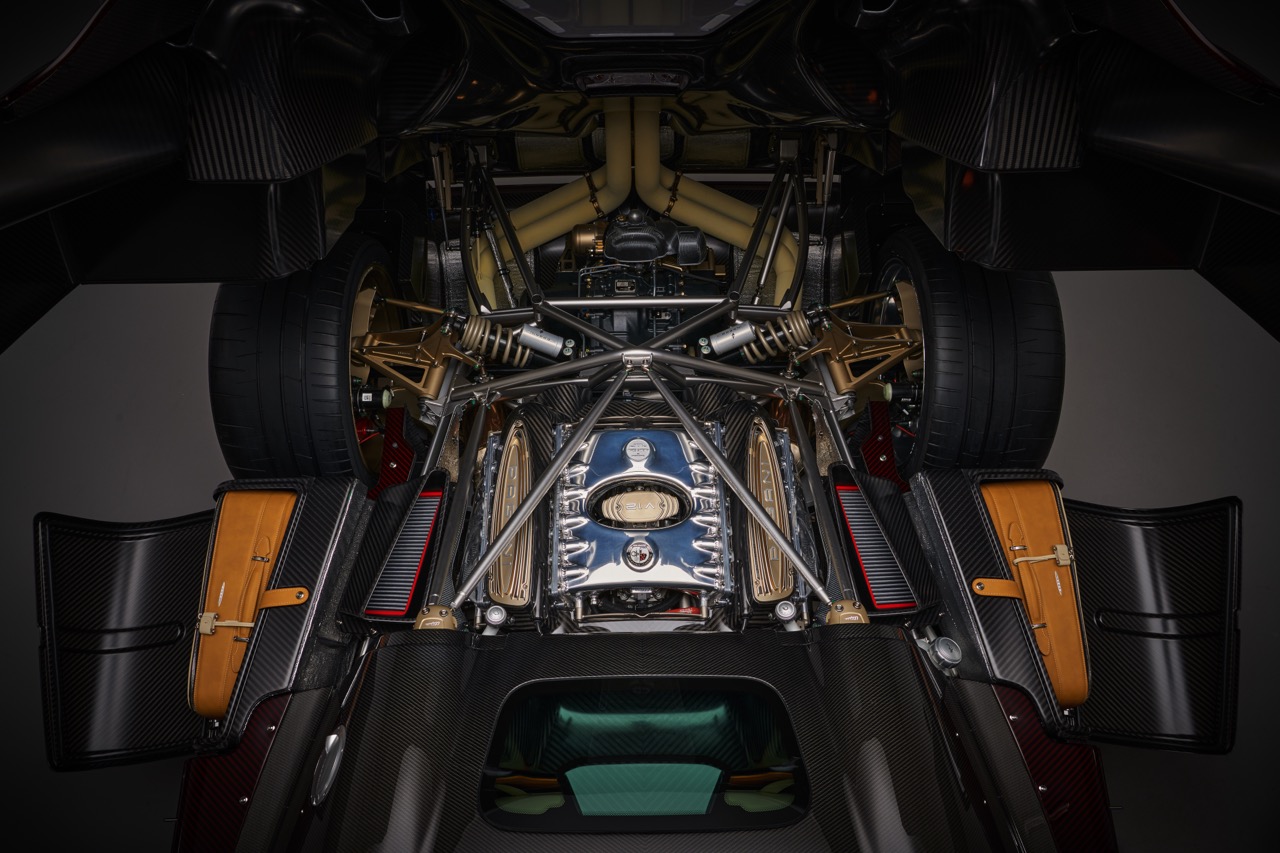
Technological Integration
Pagani has incorporated state-of-the-art technology in the Utopia Roadster, including Pirelli Cyber Tyres equipped with sensors to interact with the vehicle’s stability control systems. The Utopia is fitted with exclusive tires developed specifically for its performance needs, ensuring optimal safety and handling.
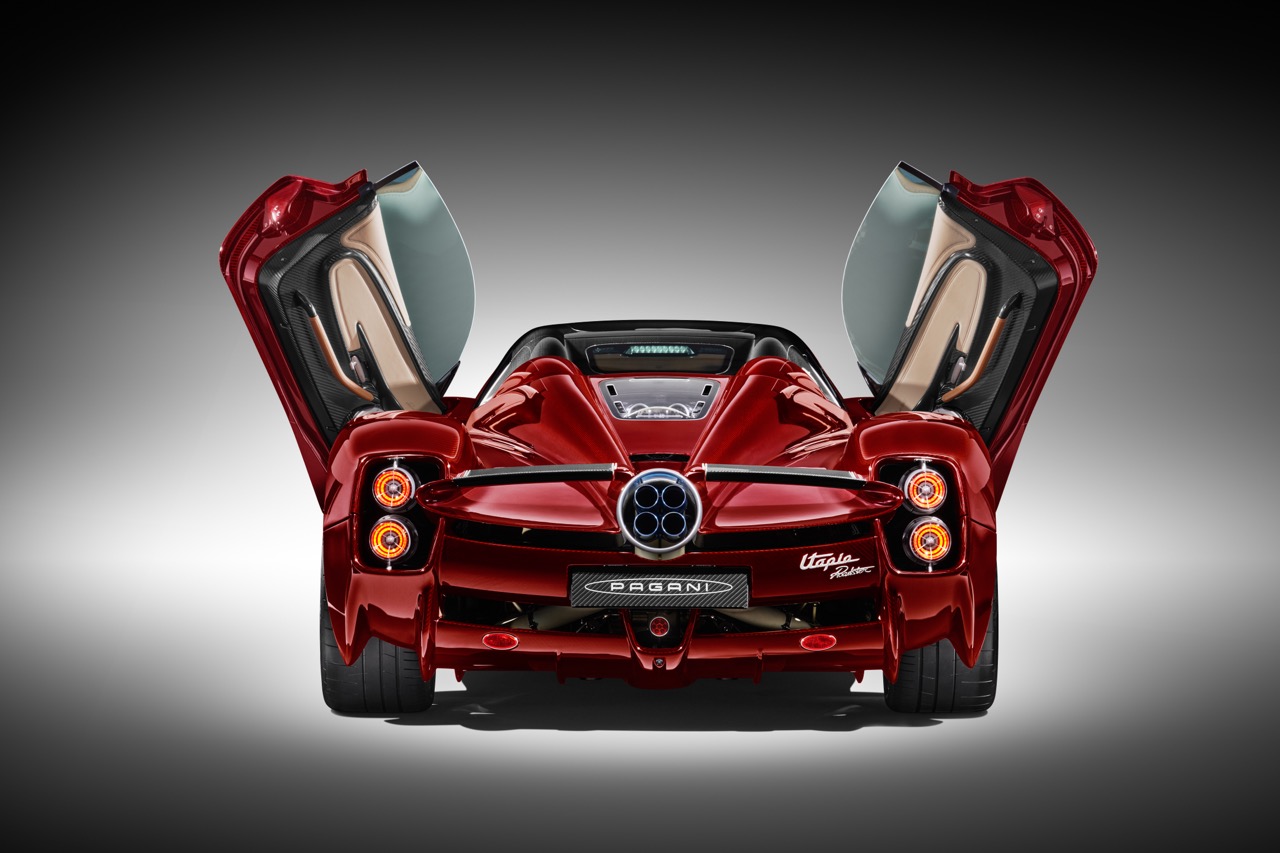
A Philosophy of Driving Pleasure
The Utopia Roadster delivers a unique driving experience, blending traditional analog controls with cutting-edge technology. The manual gearbox, a hallmark of Pagani’s design, is paired with an automated option for those who prefer quicker shifts. The steering wheel, crafted from a single block of metal, exemplifies the brand’s dedication to both aesthetic and functional excellence.
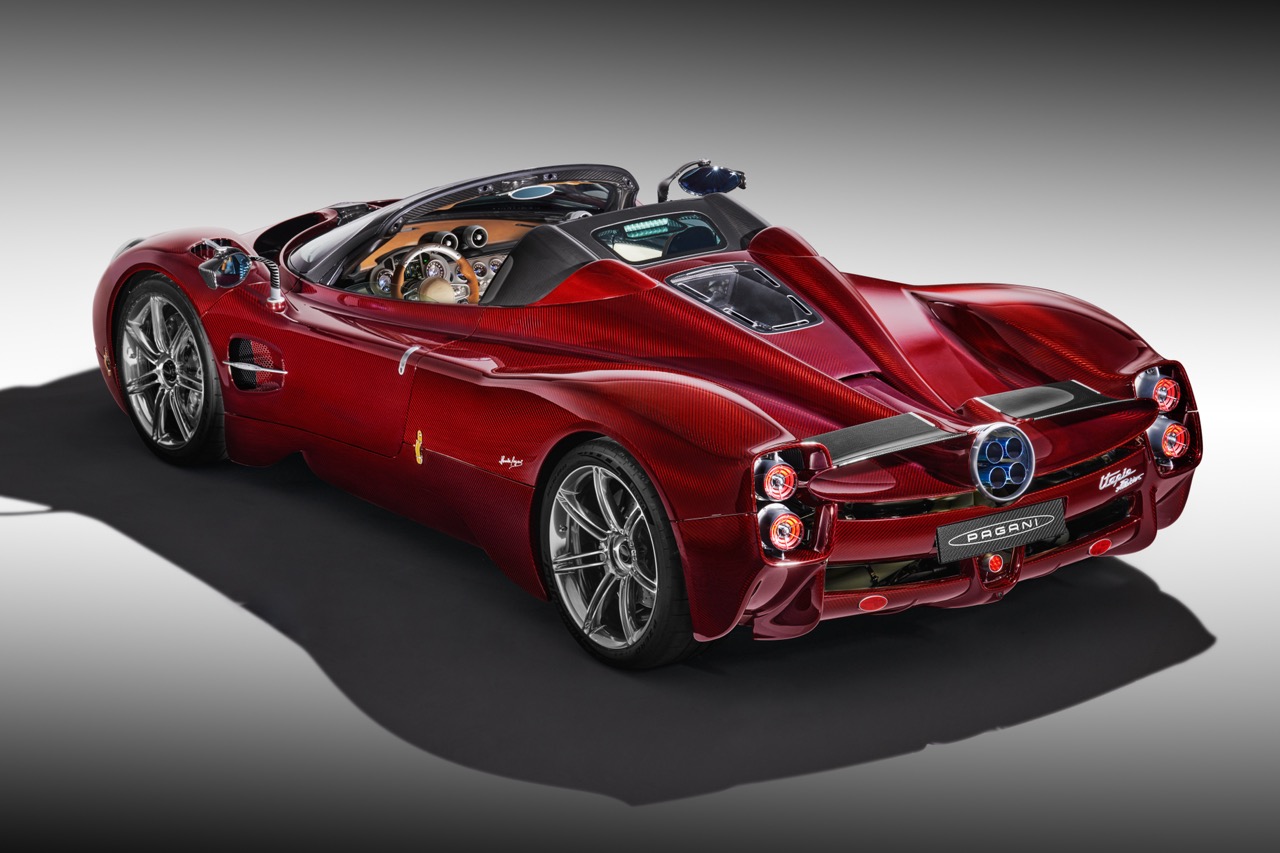
Exclusive Production and Pricing
Pagani will produce only 130 units of the Utopia Roadster, each priced at 3.1 million euros, excluding local taxes. This exclusivity underscores Pagani’s commitment to creating a masterpiece that combines engineering prowess with unparalleled driving pleasure.




